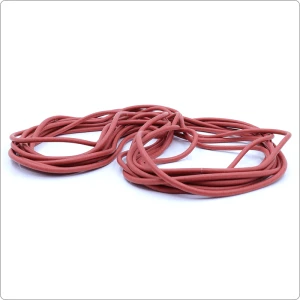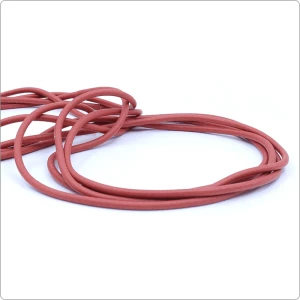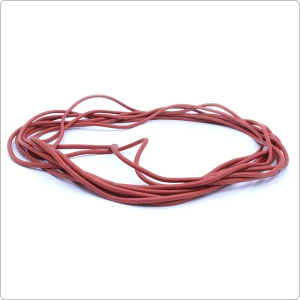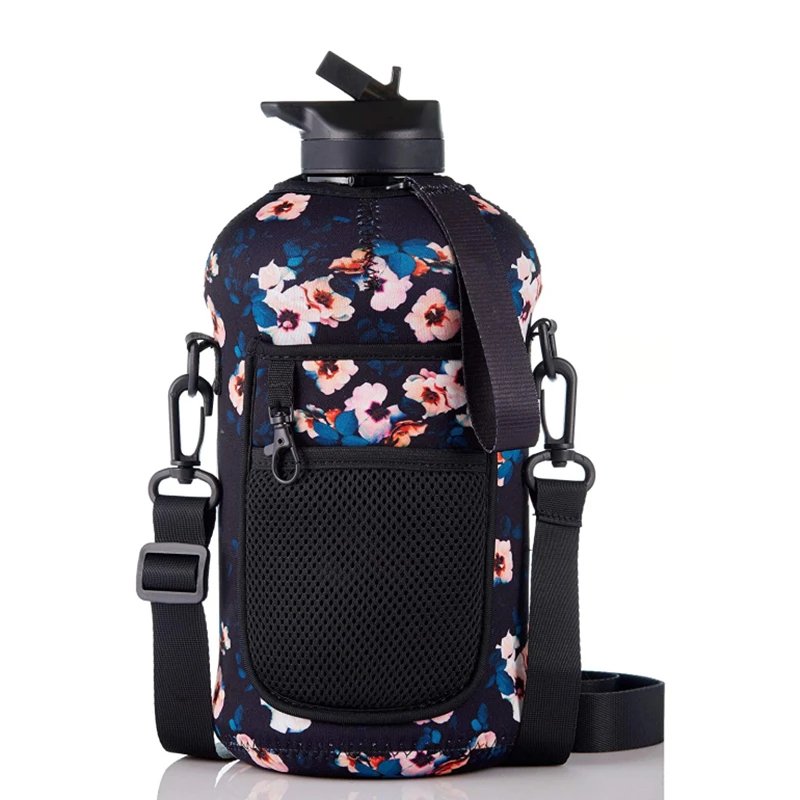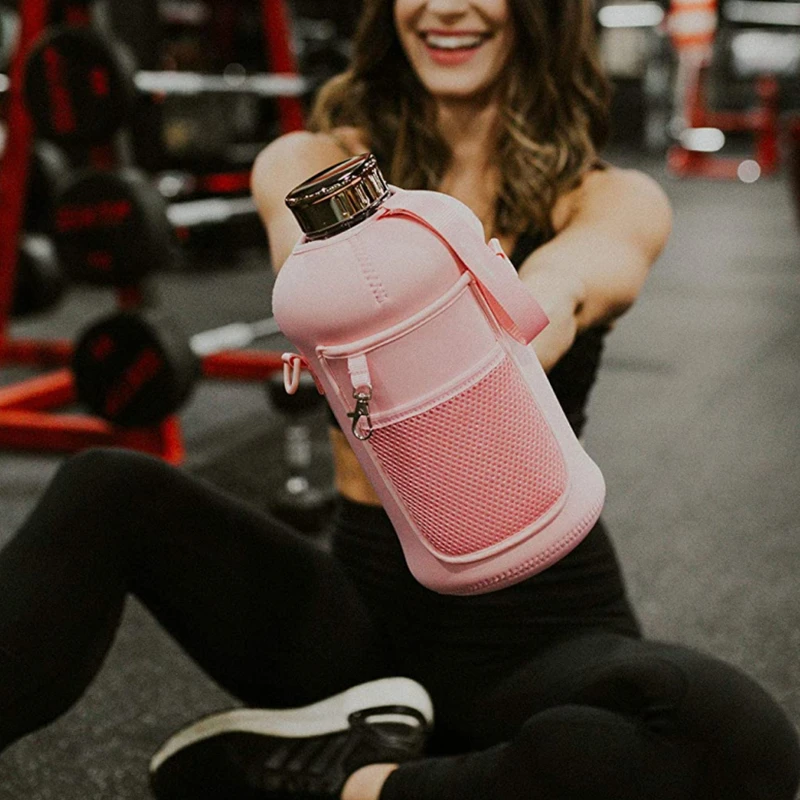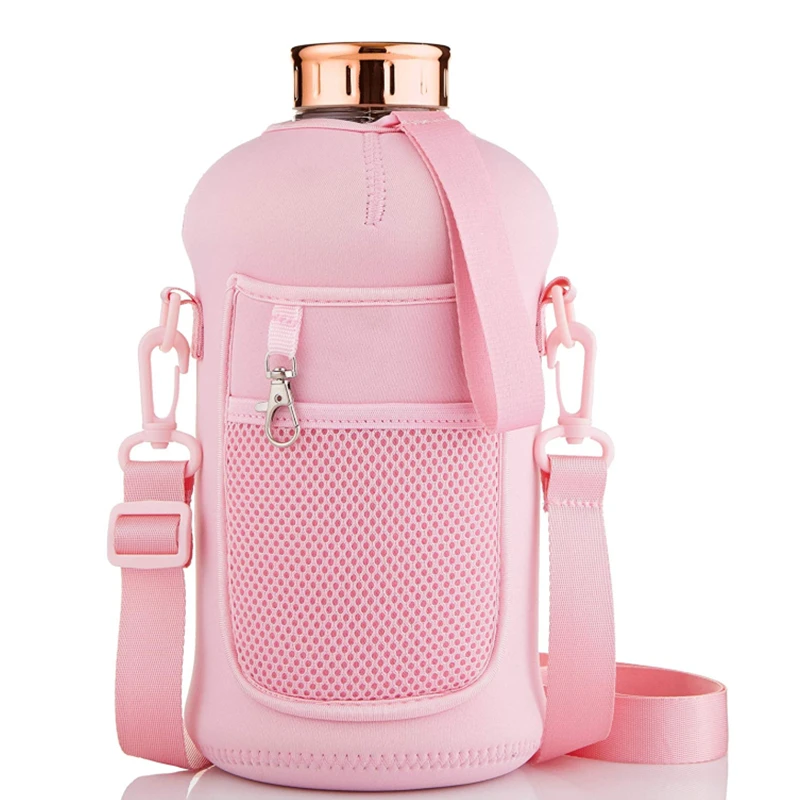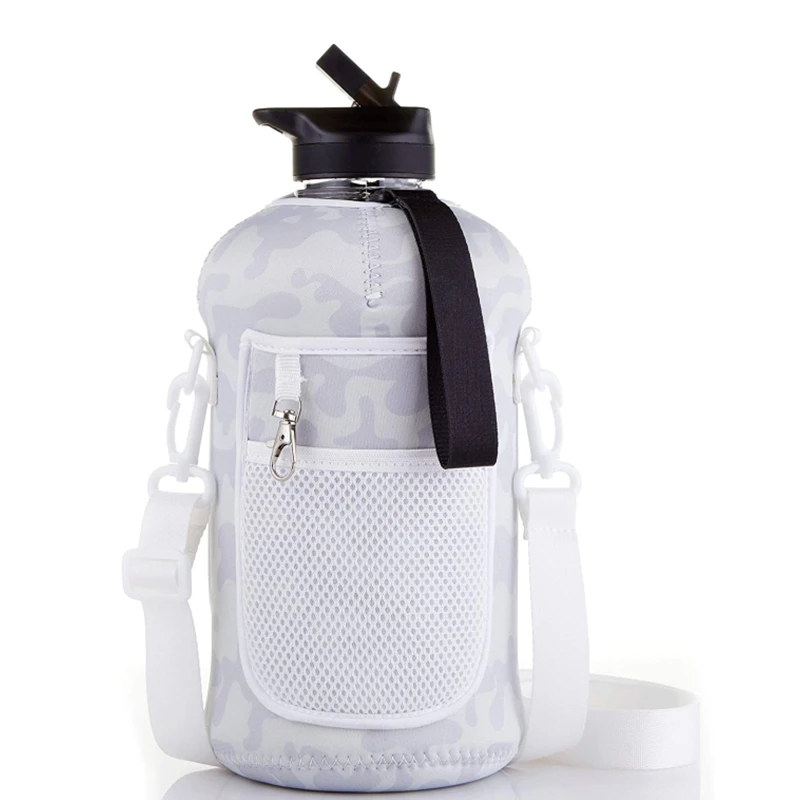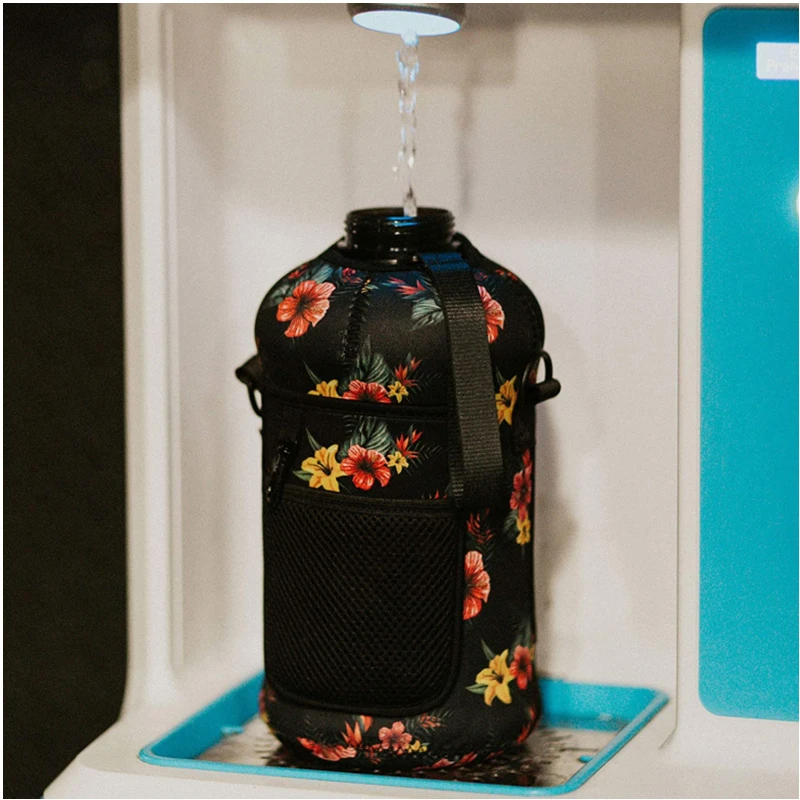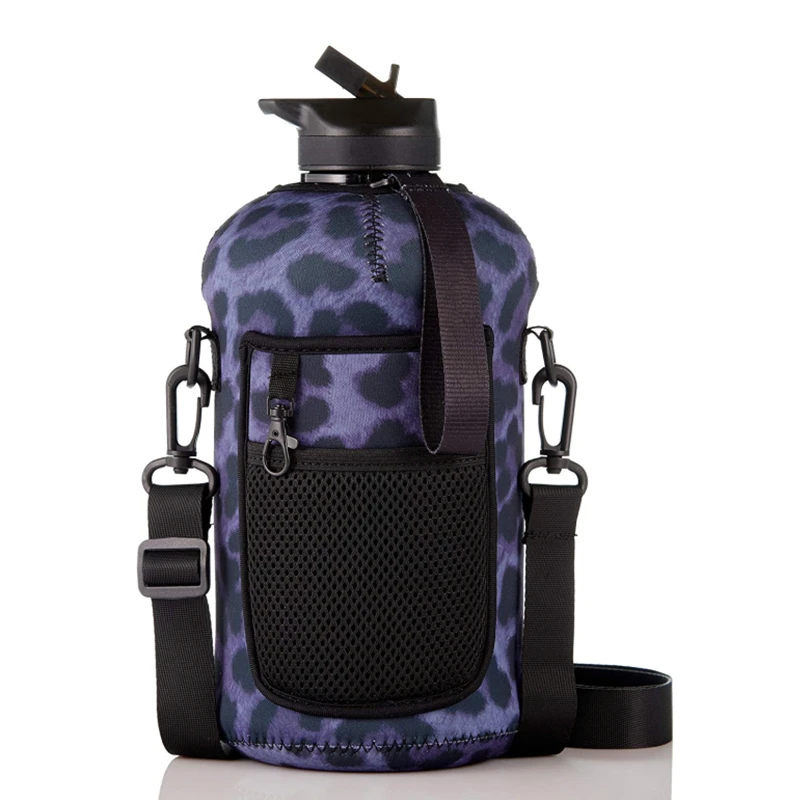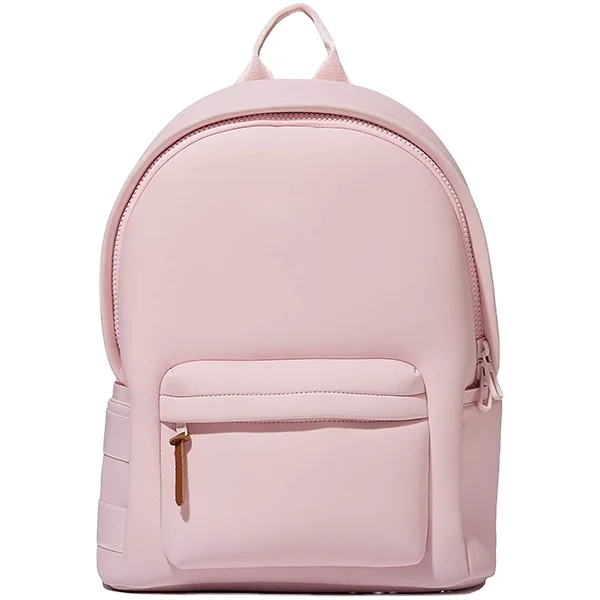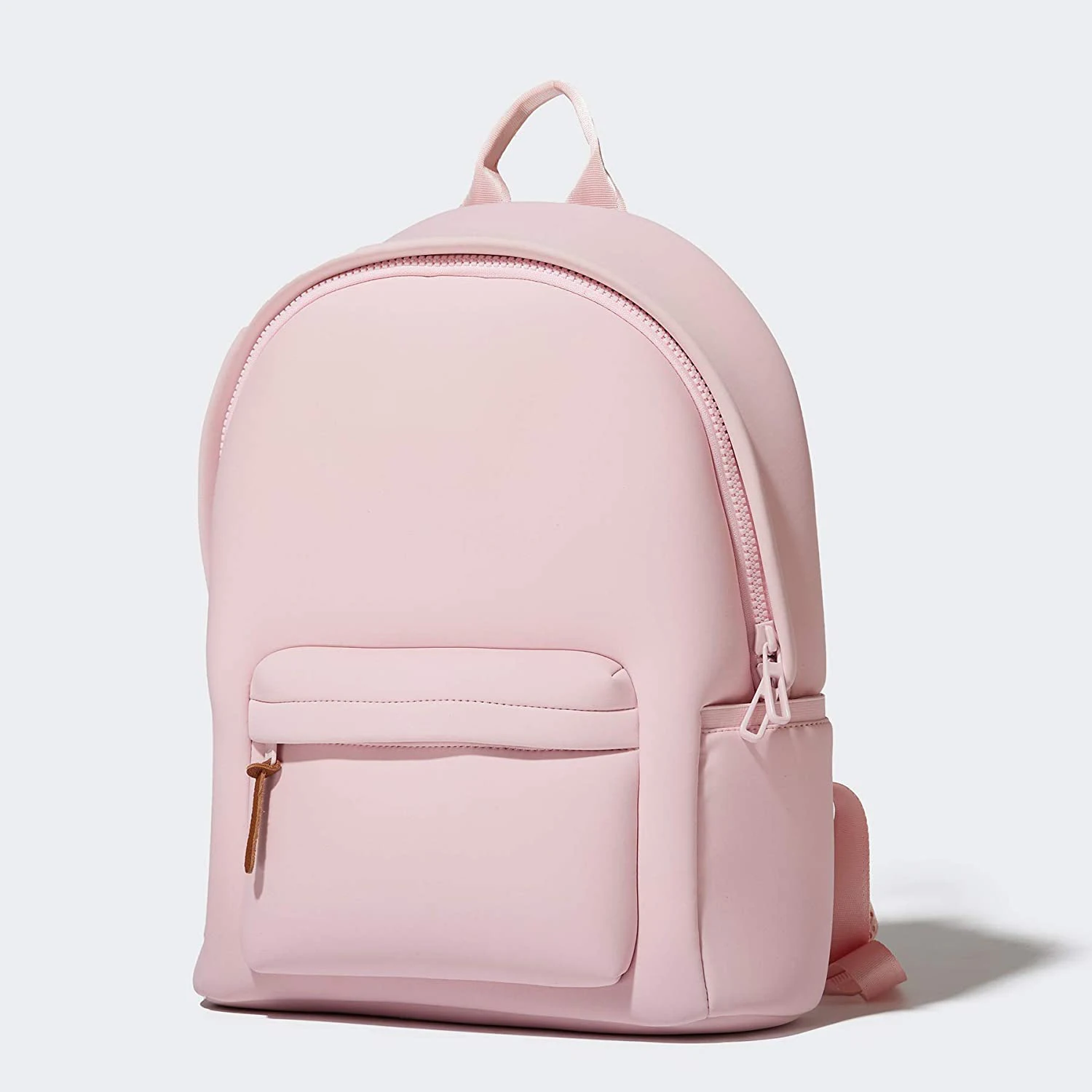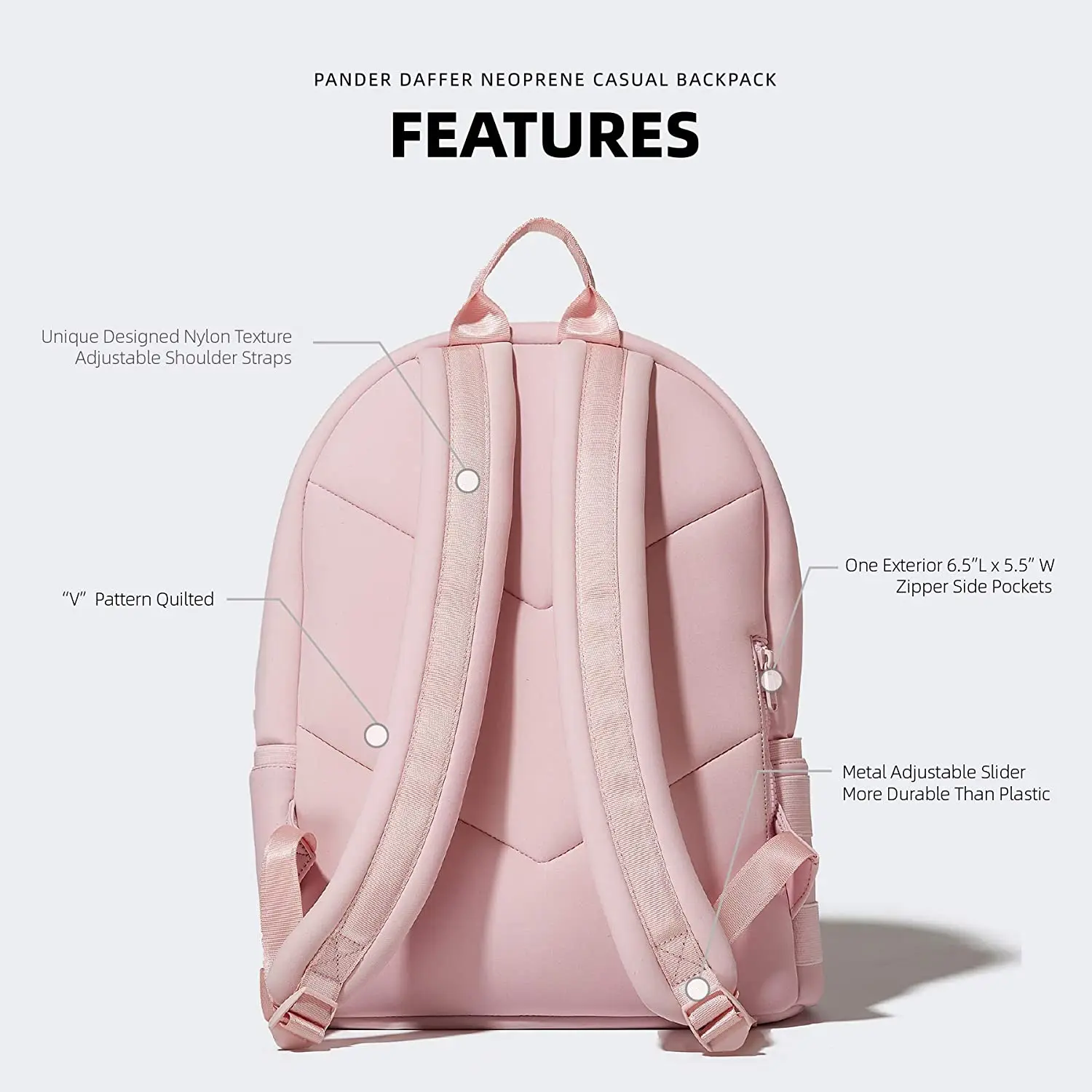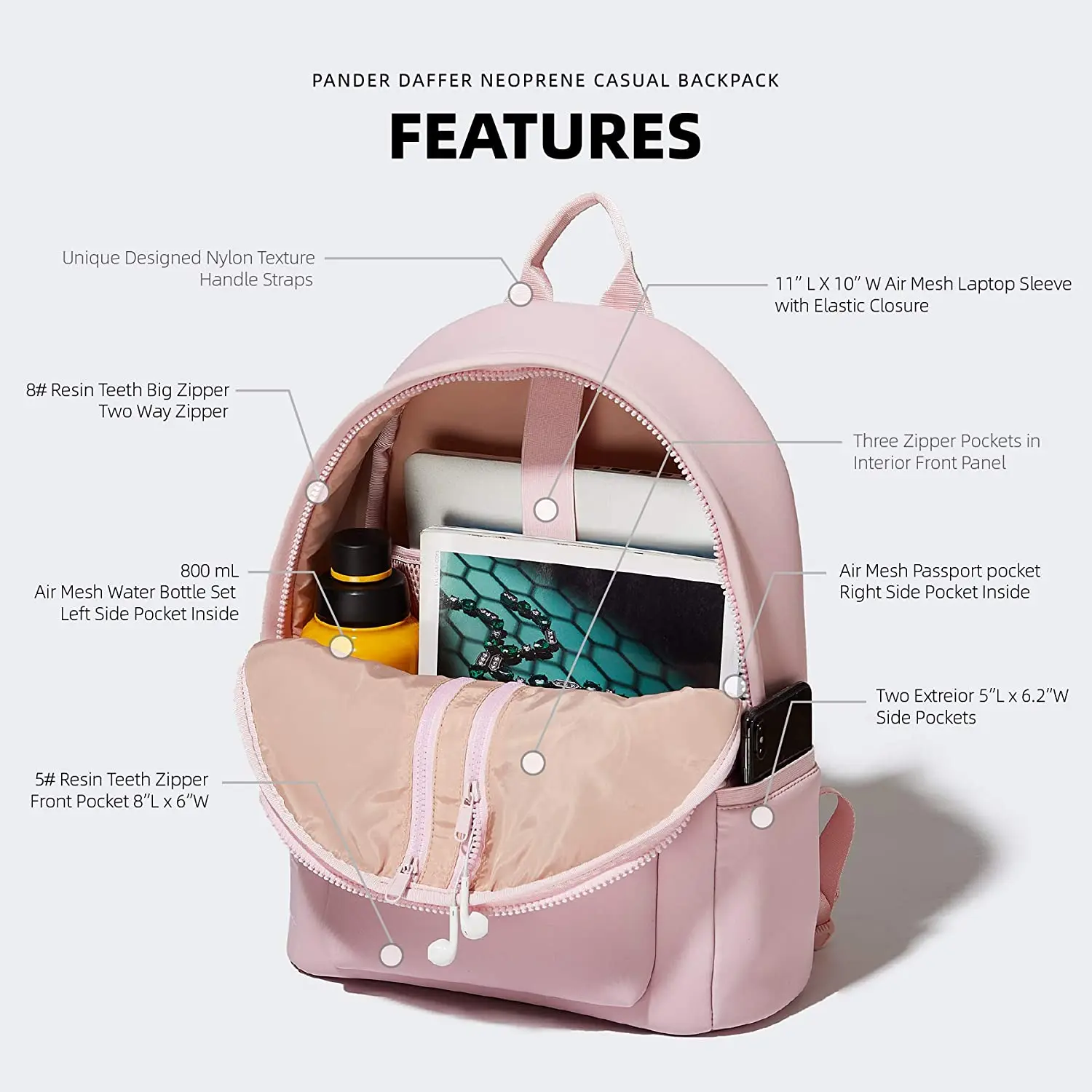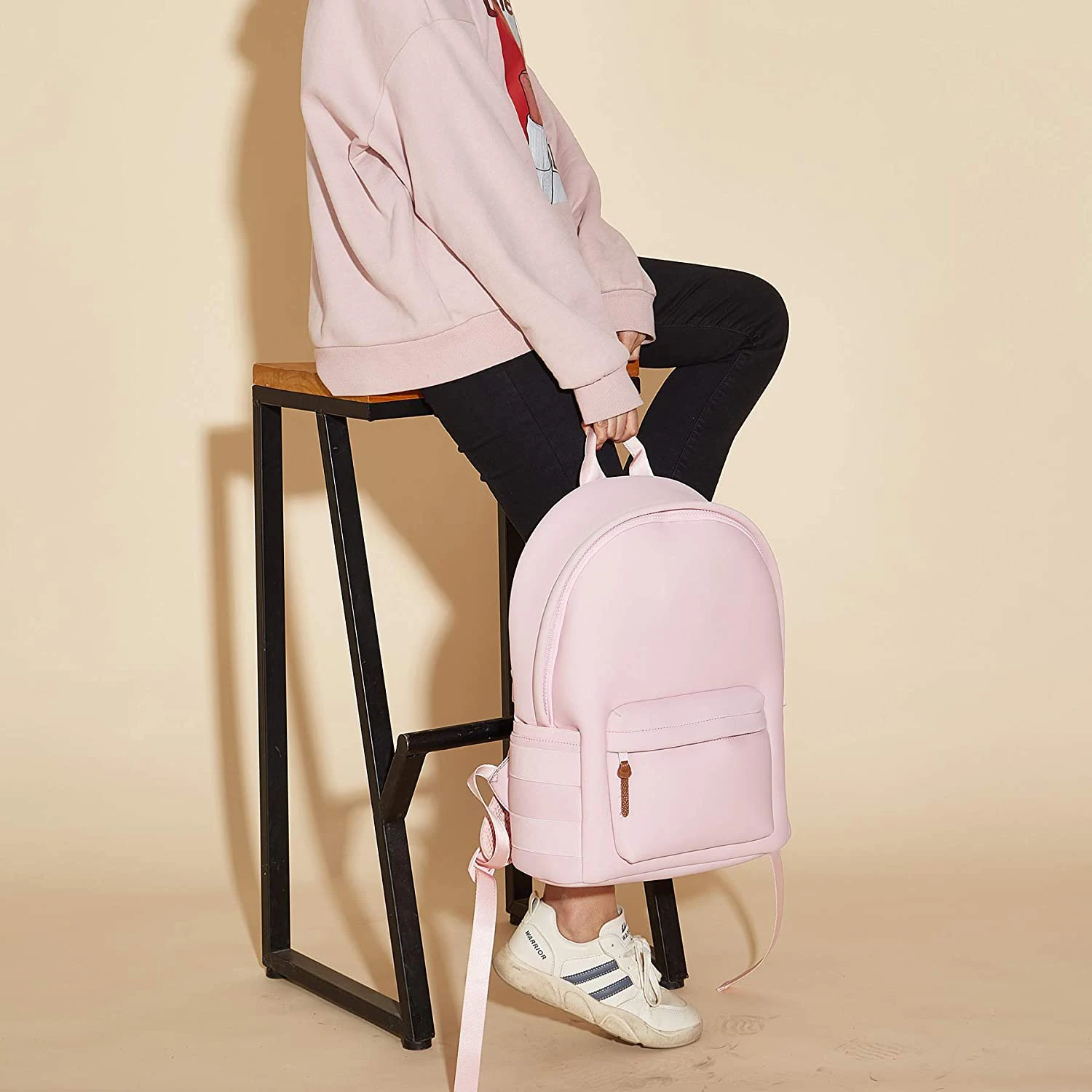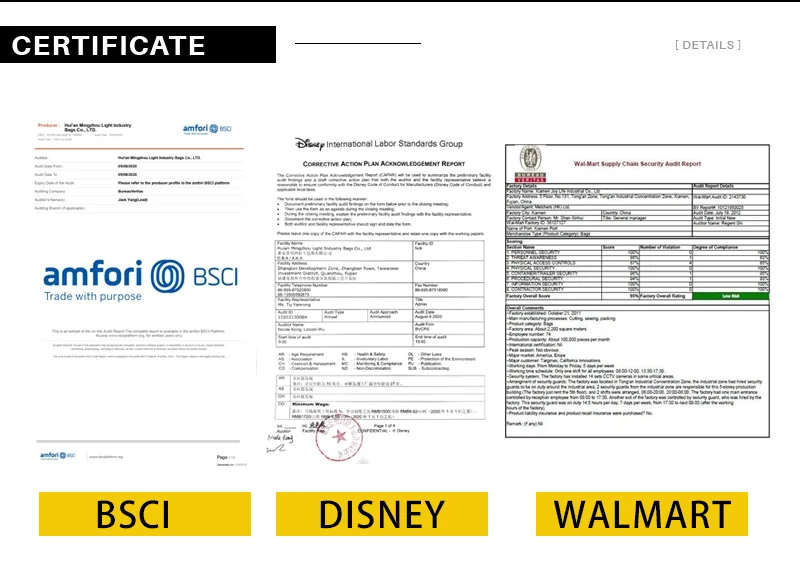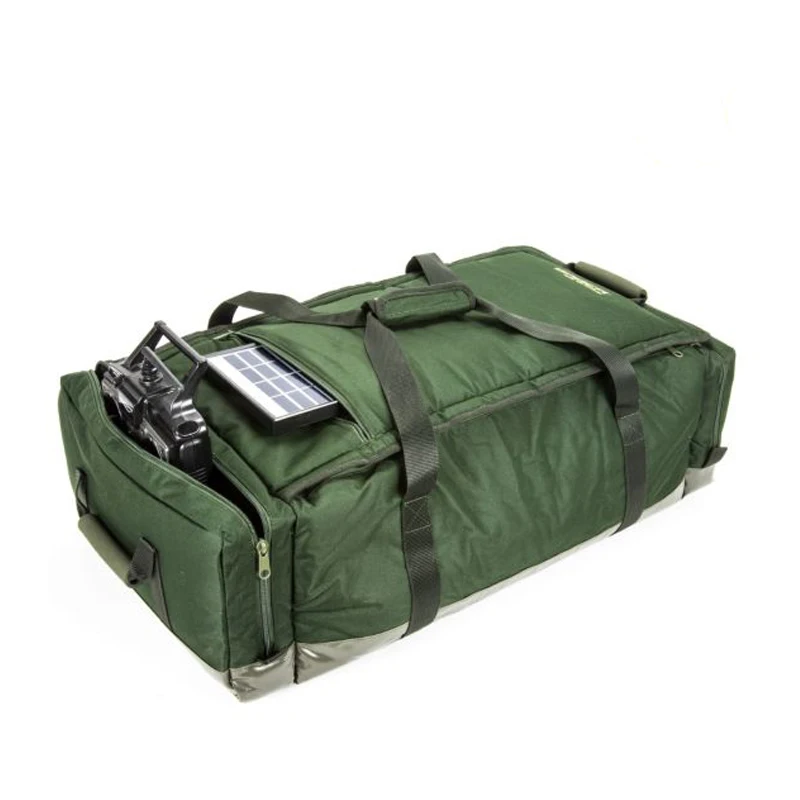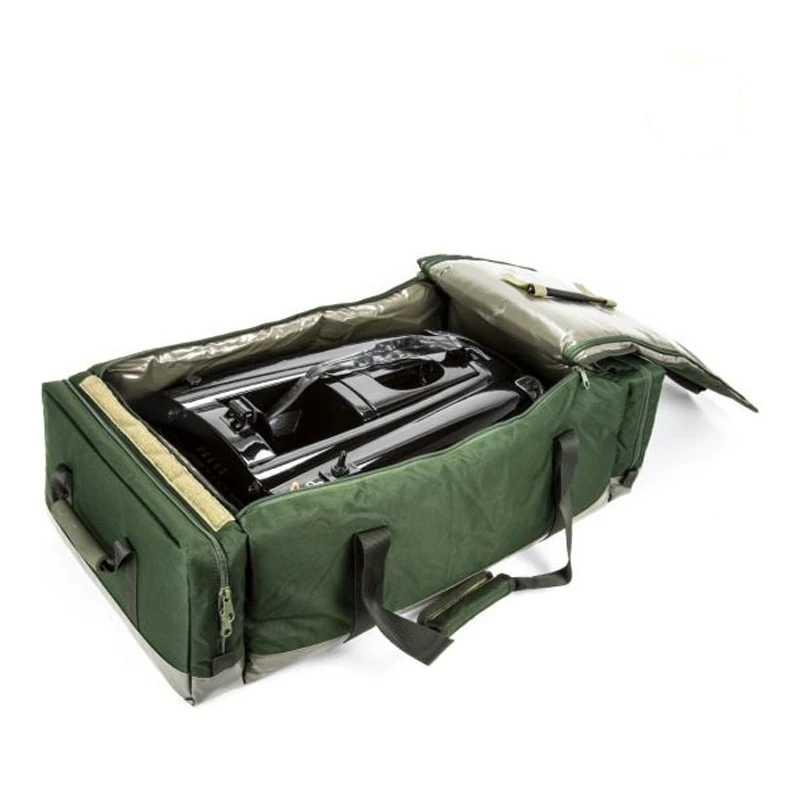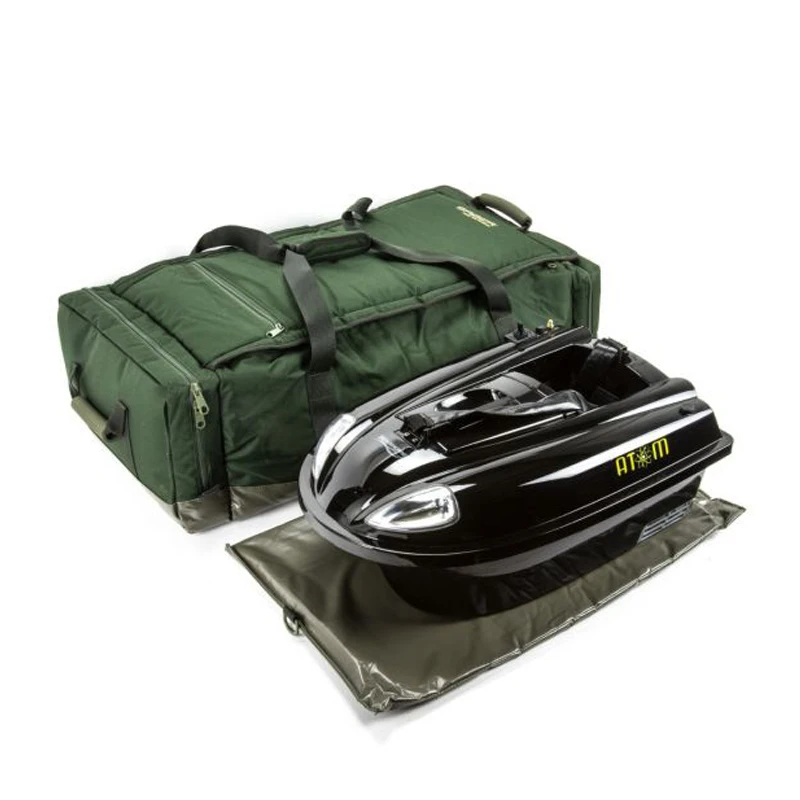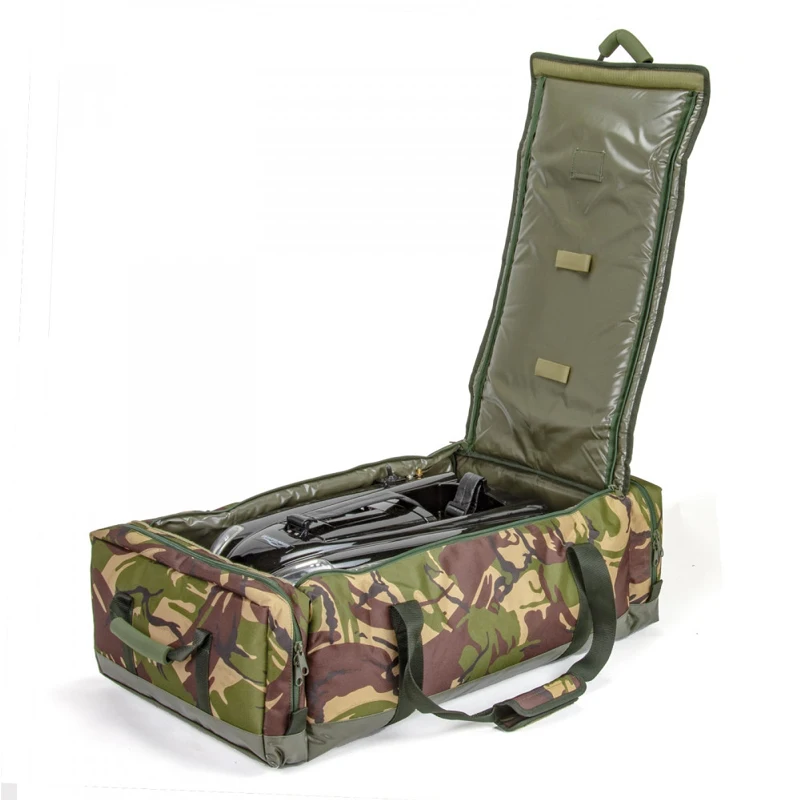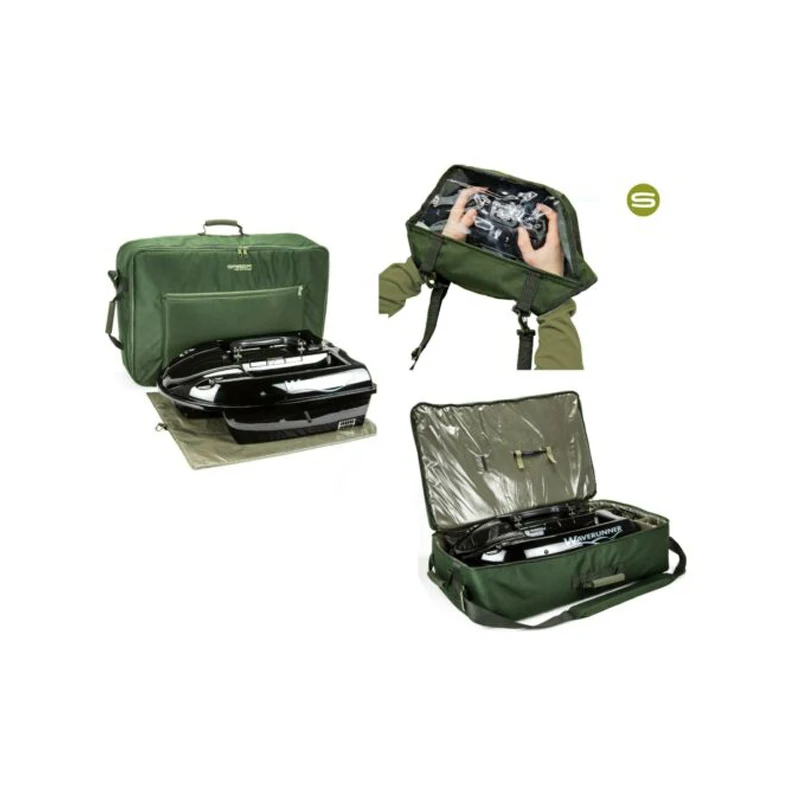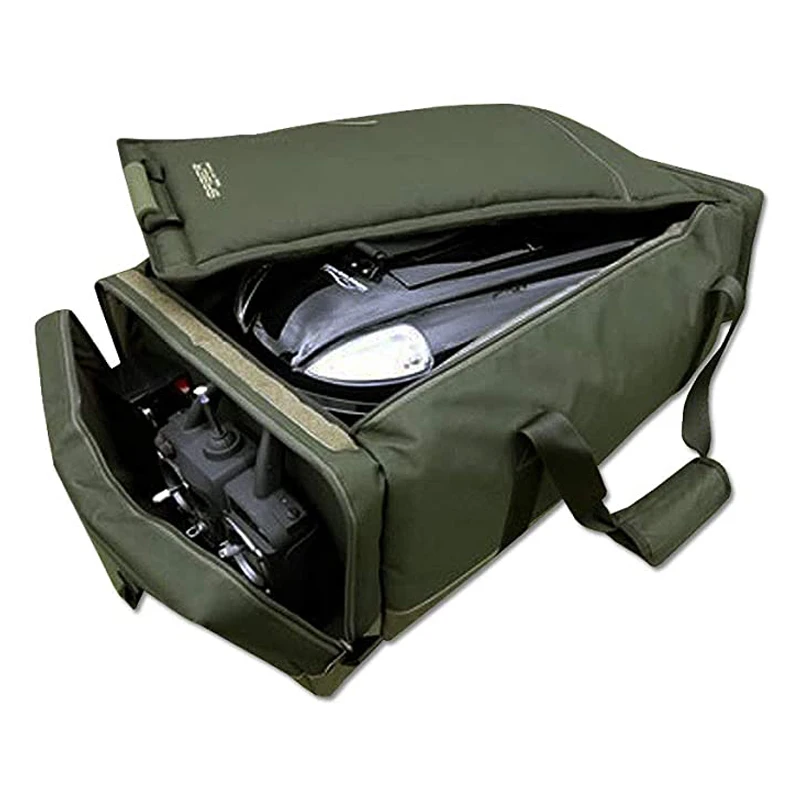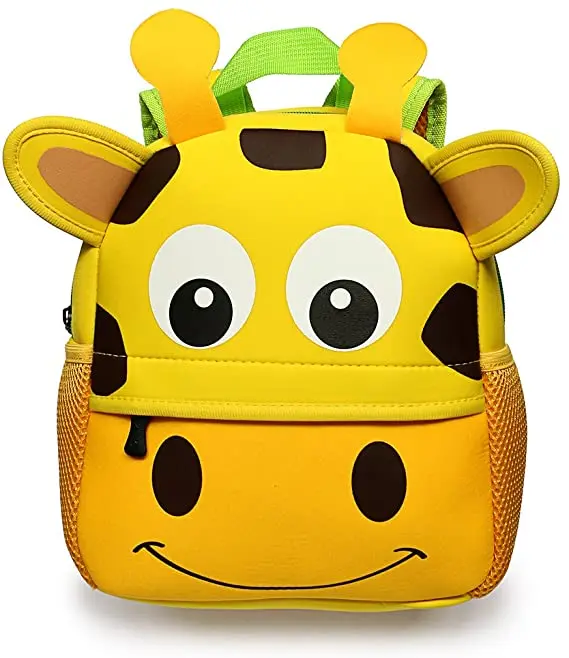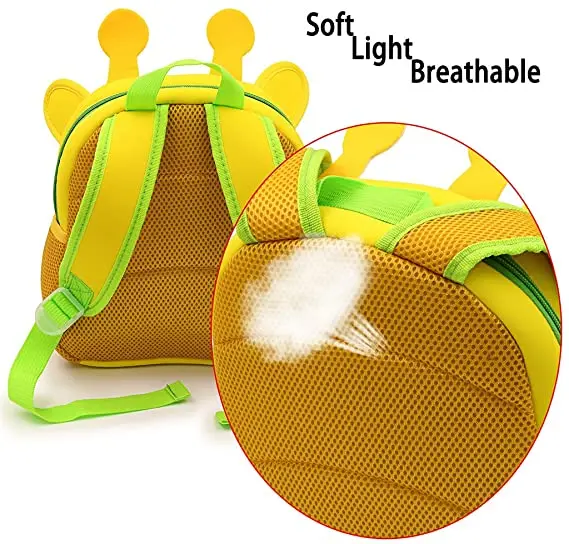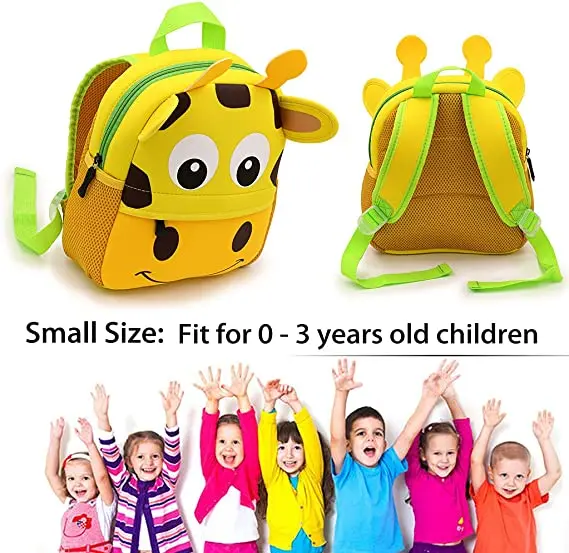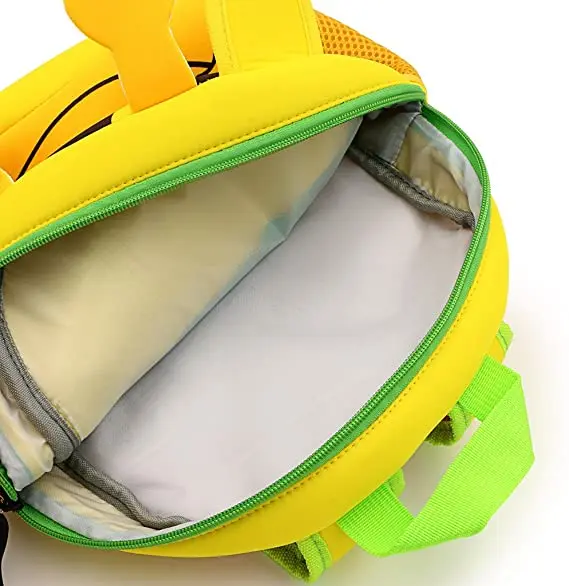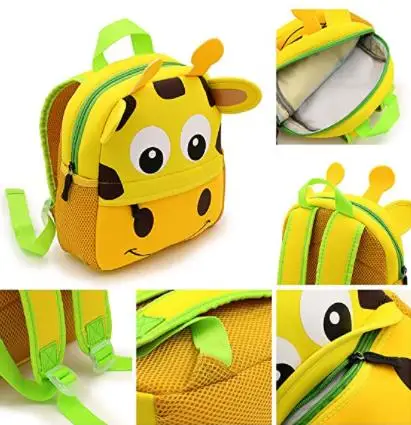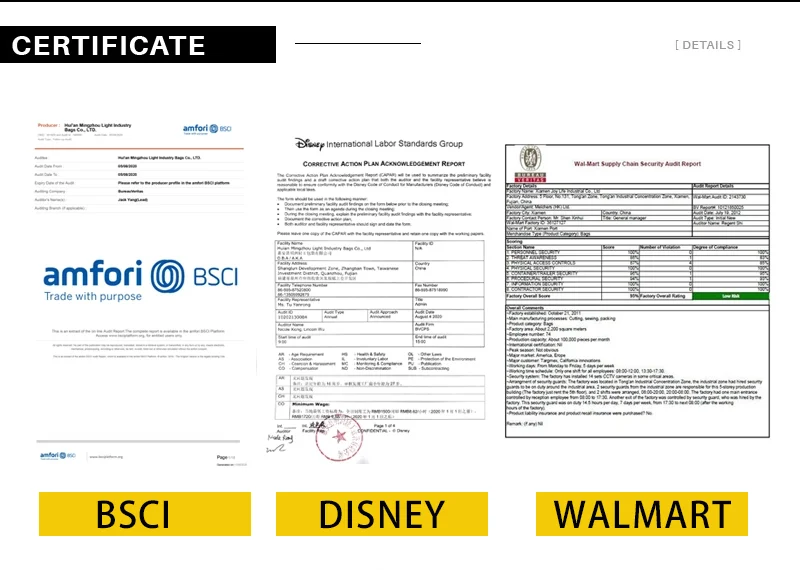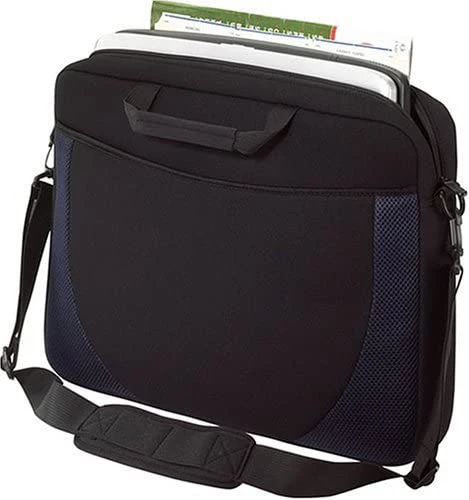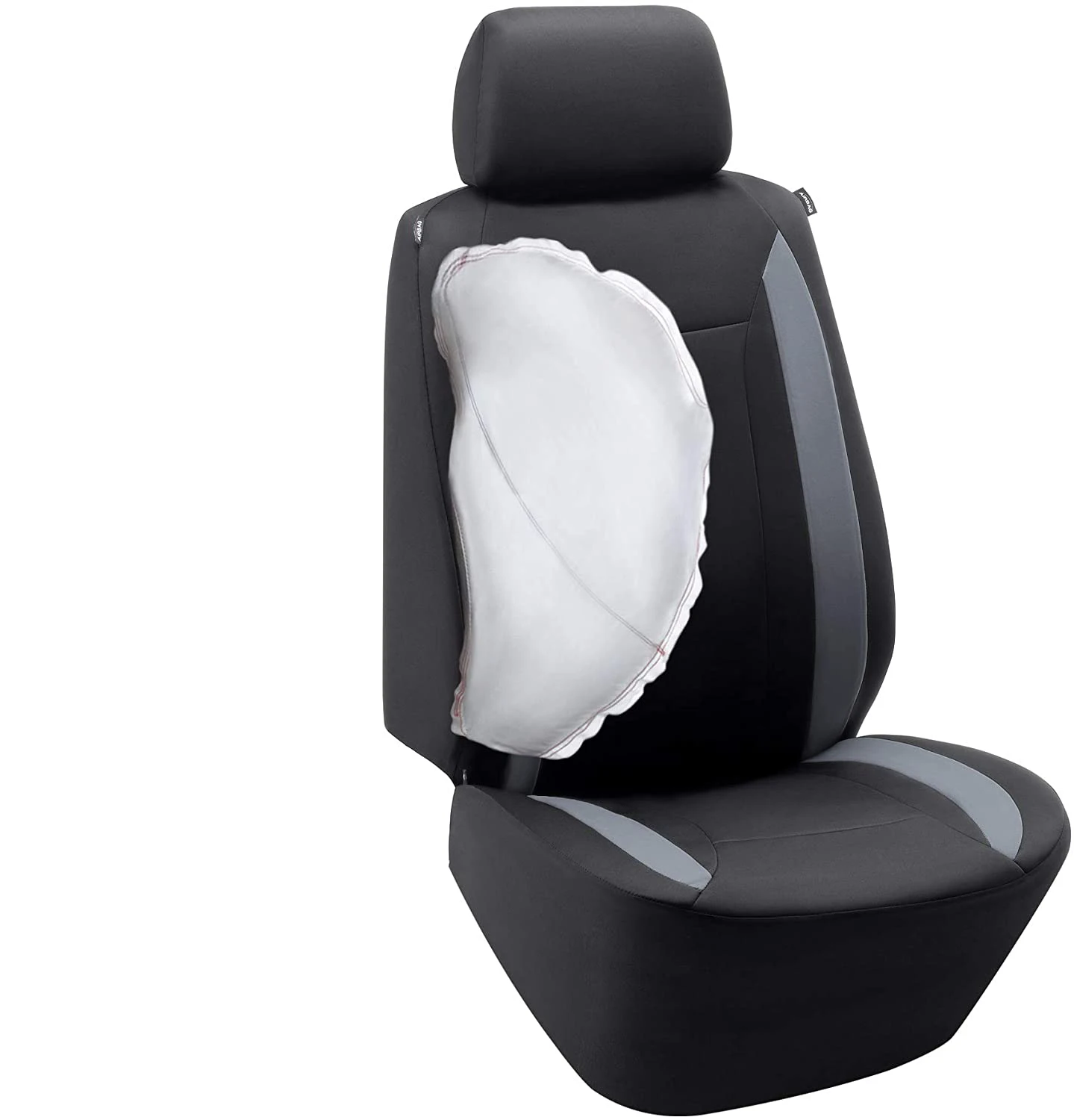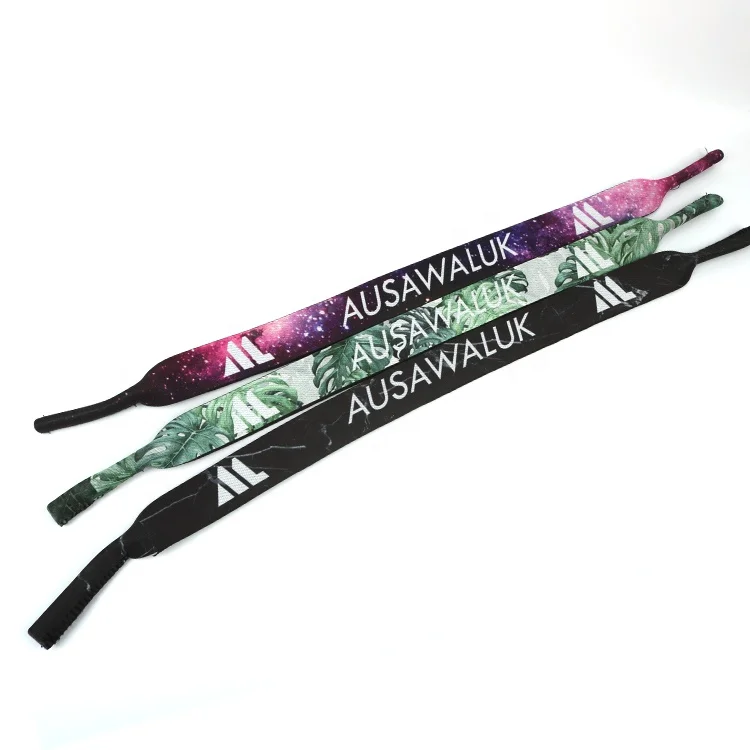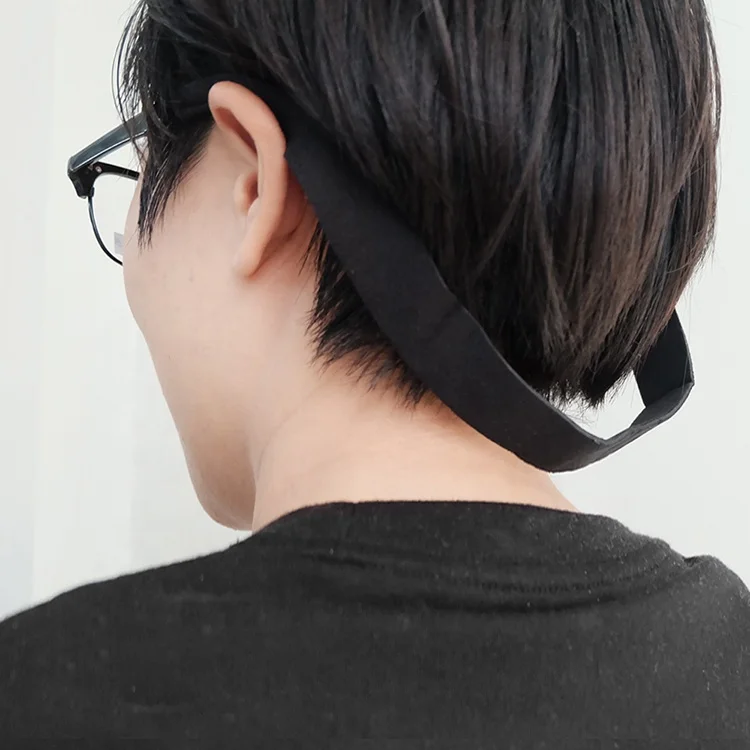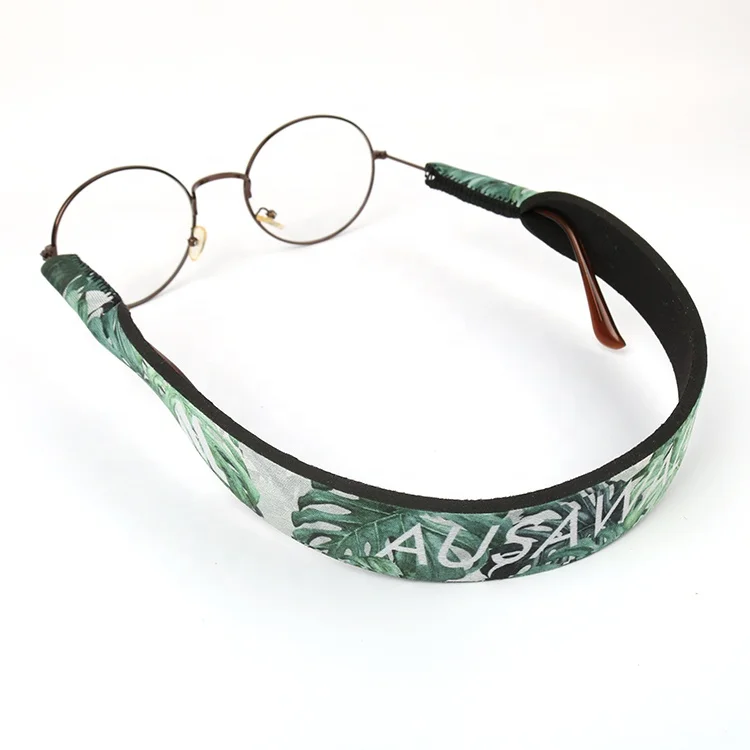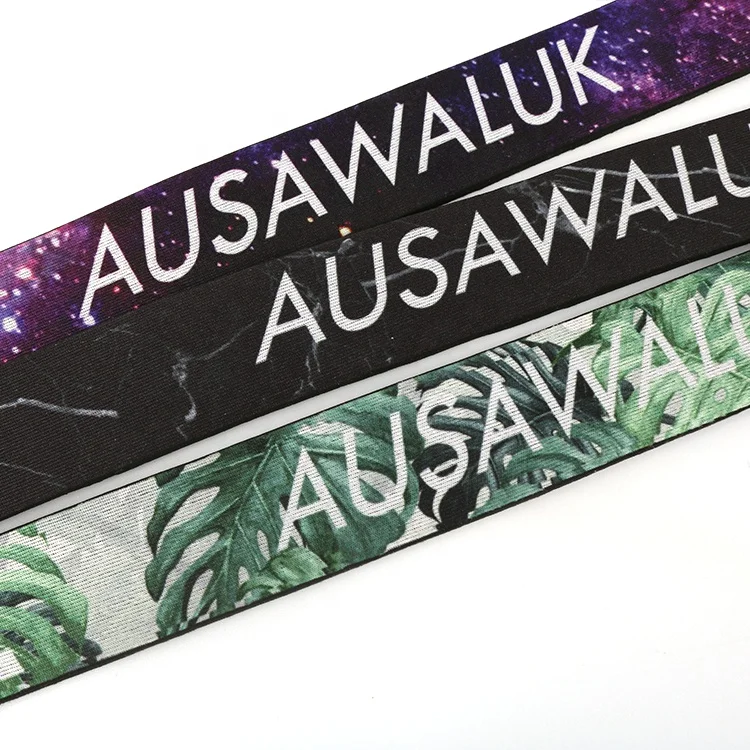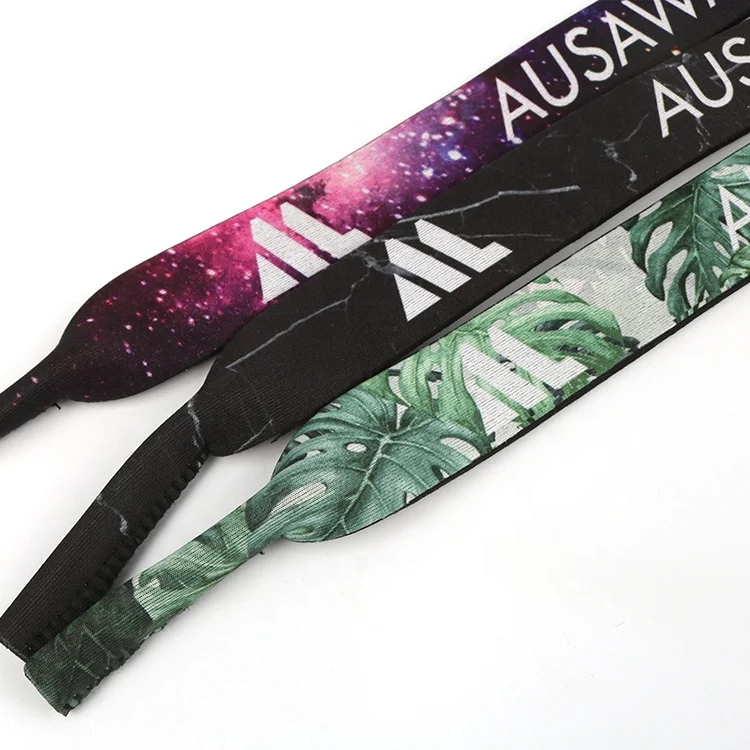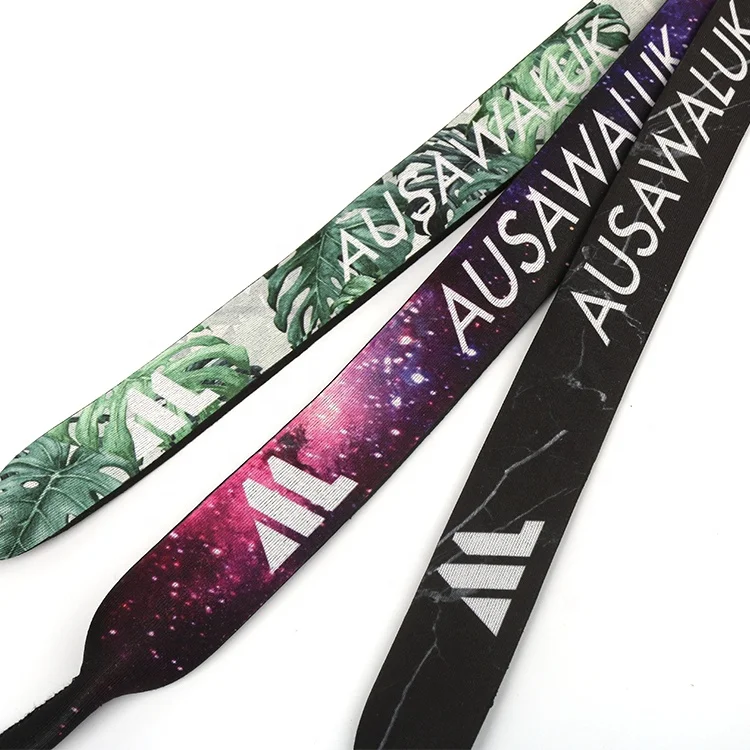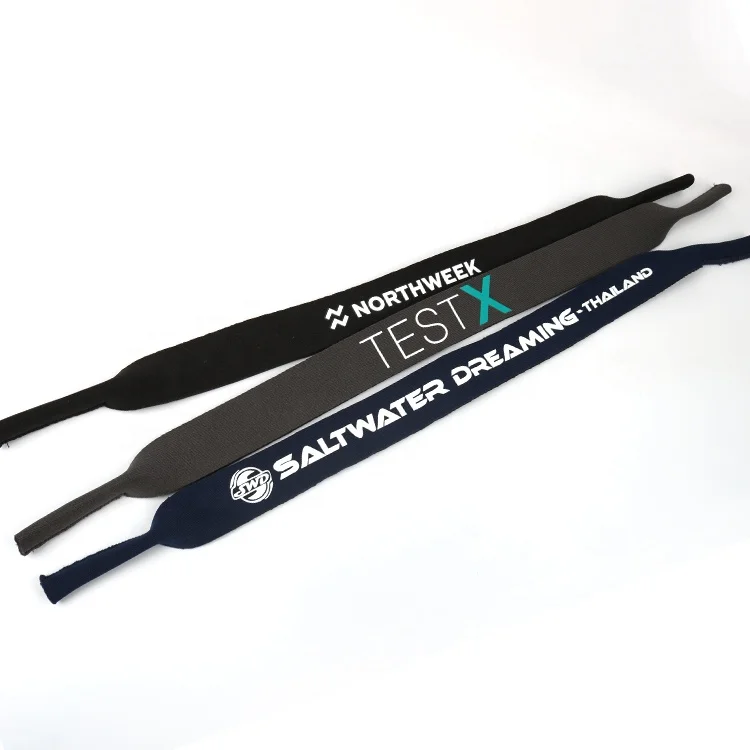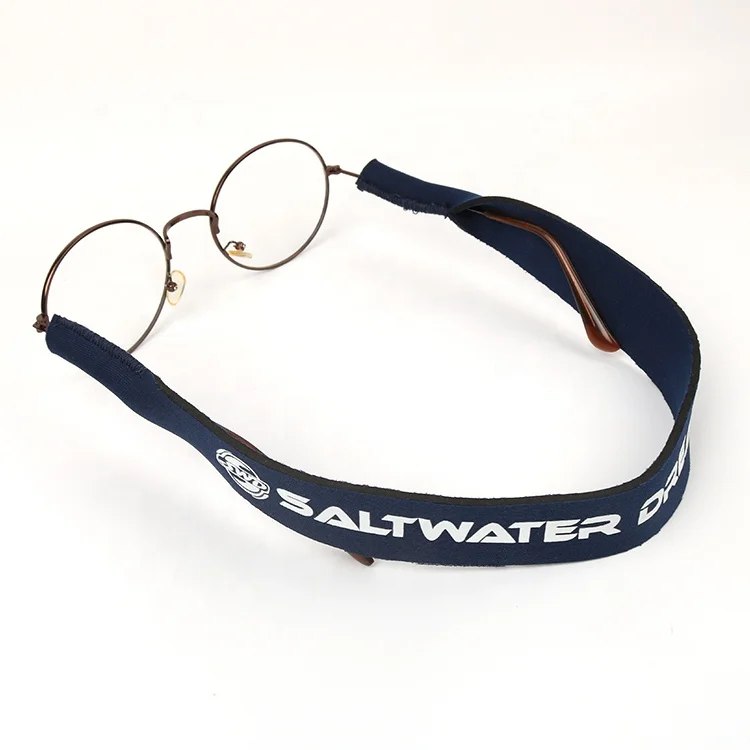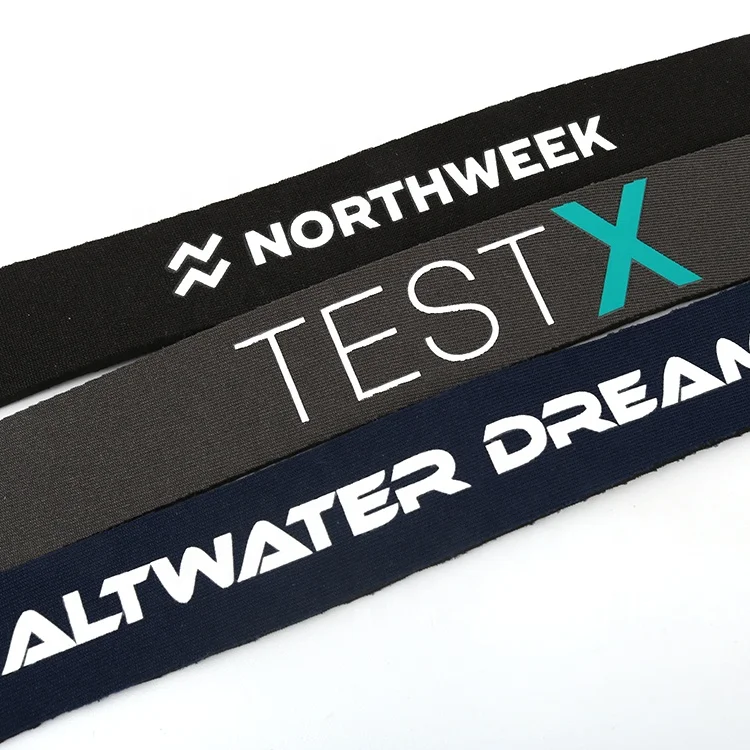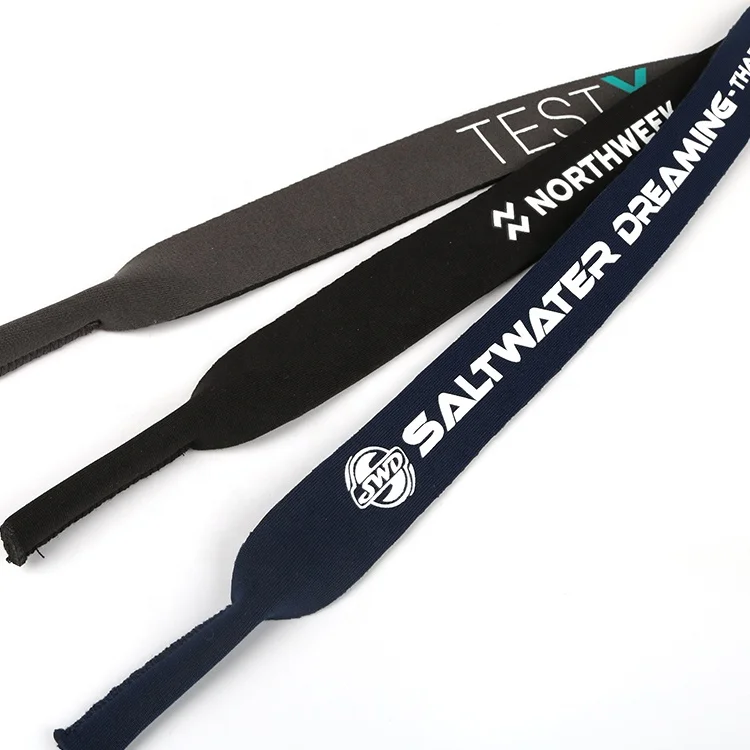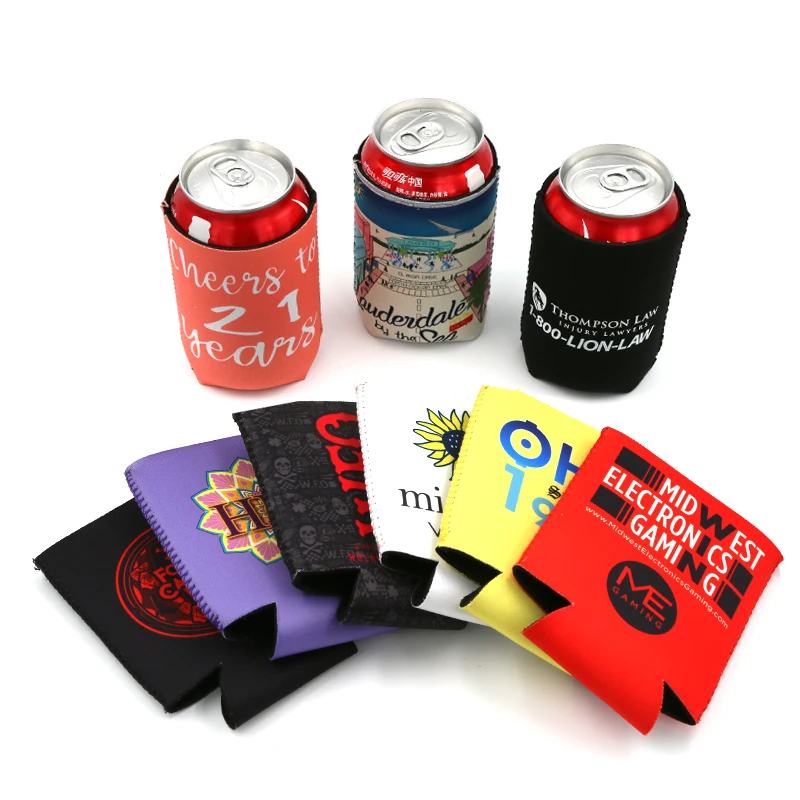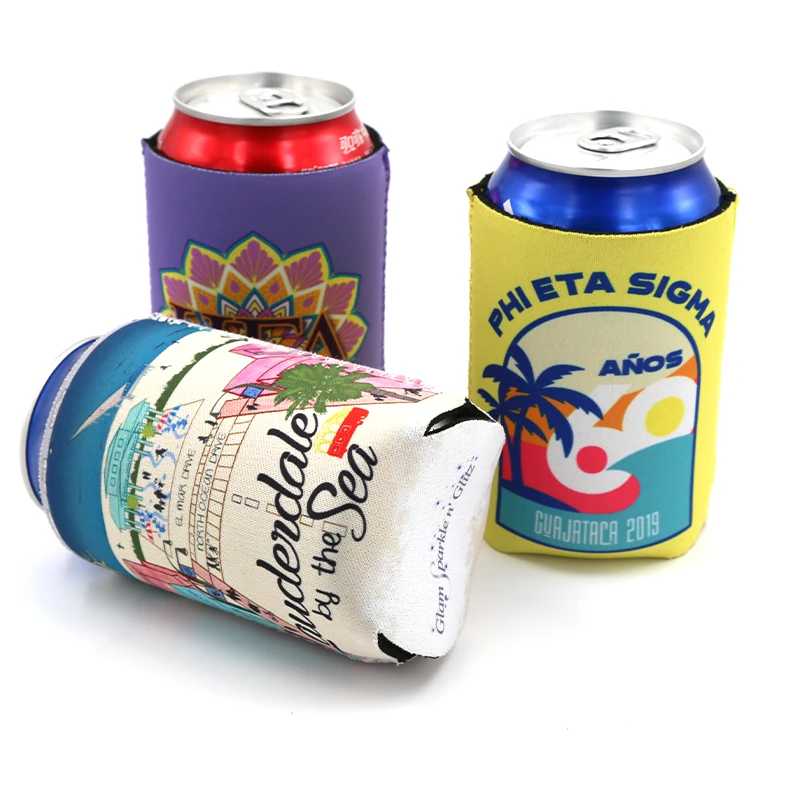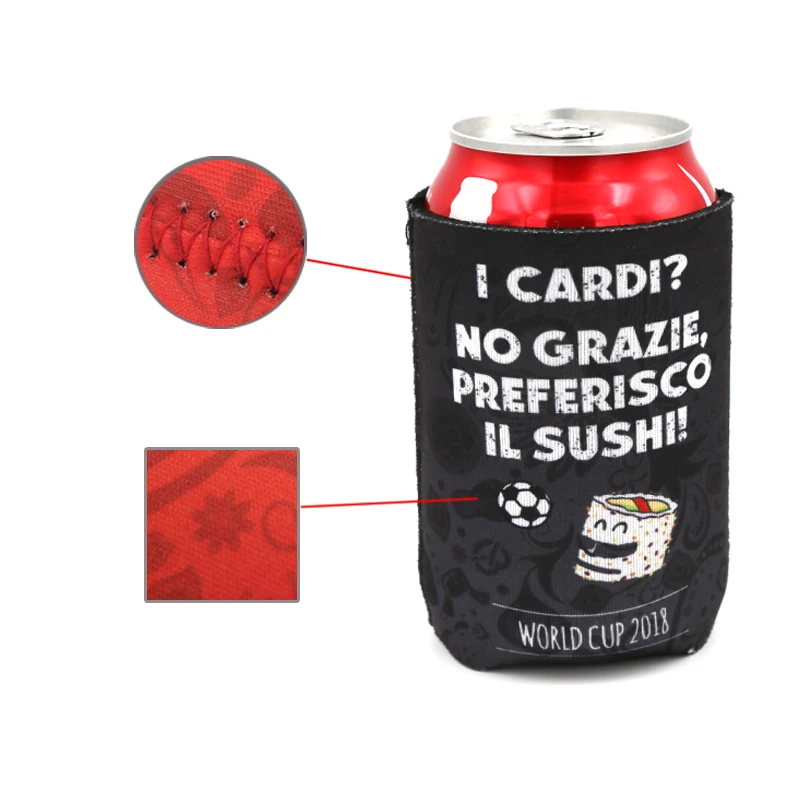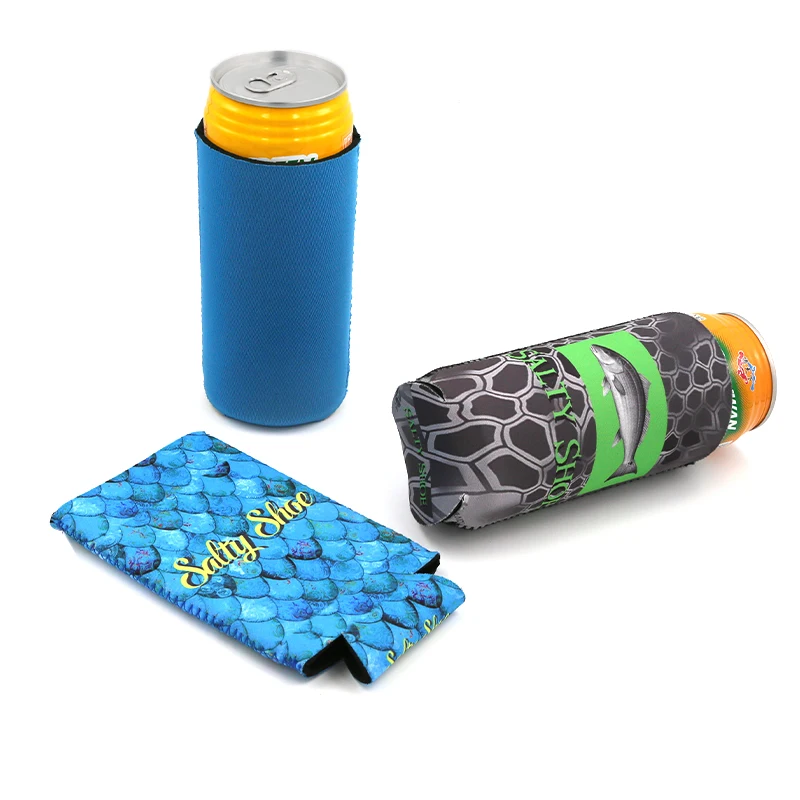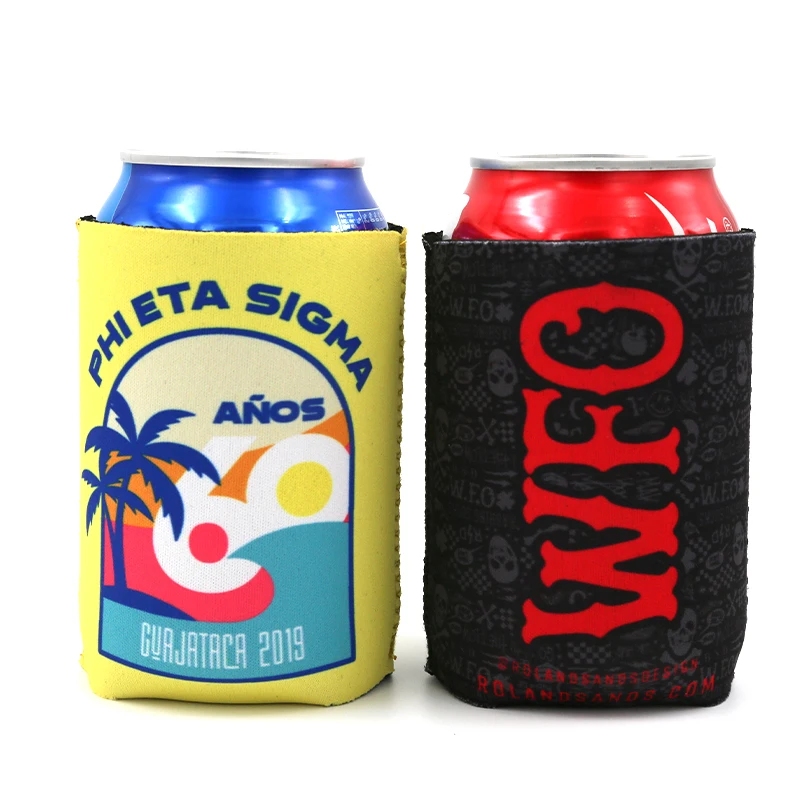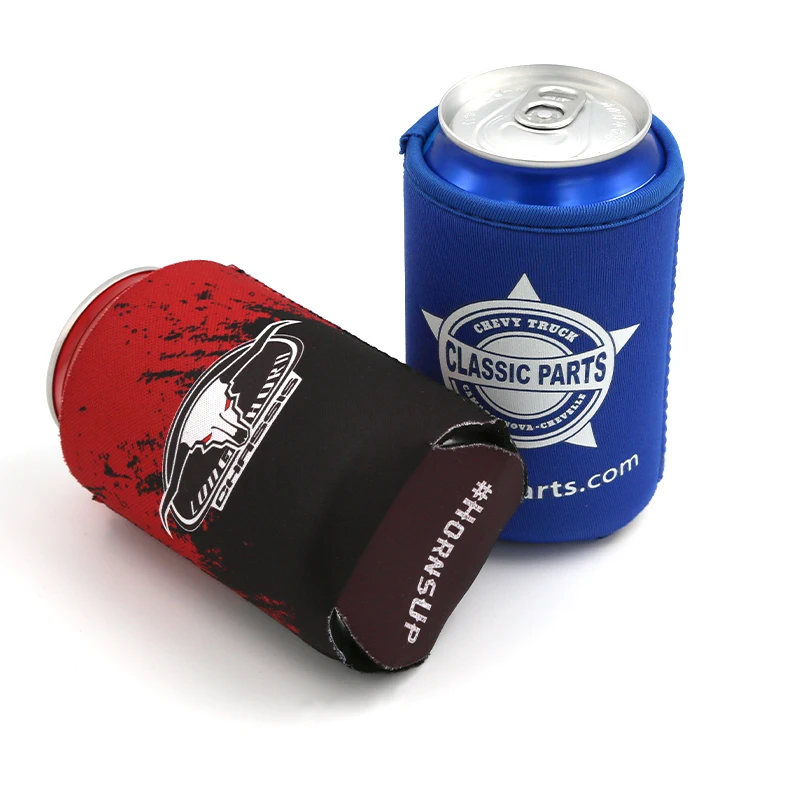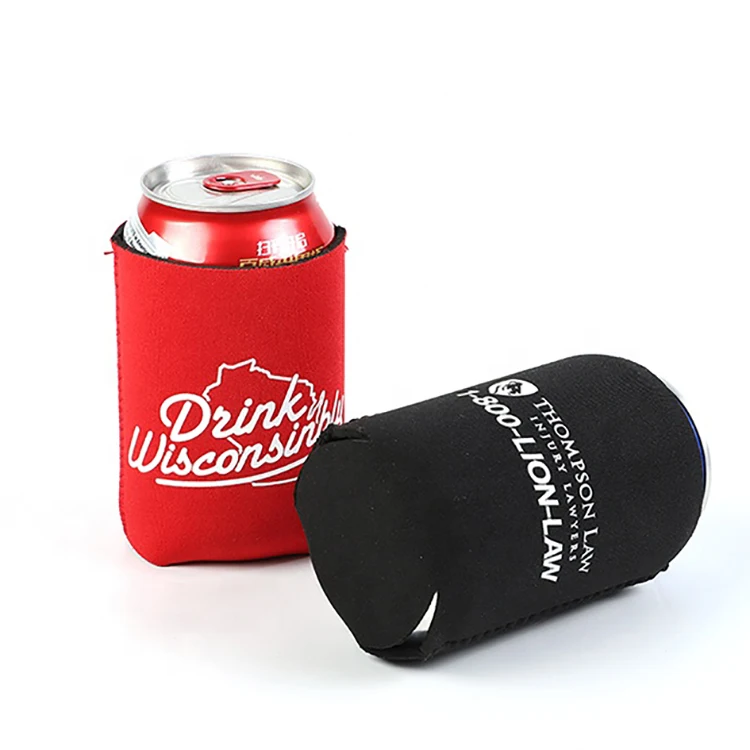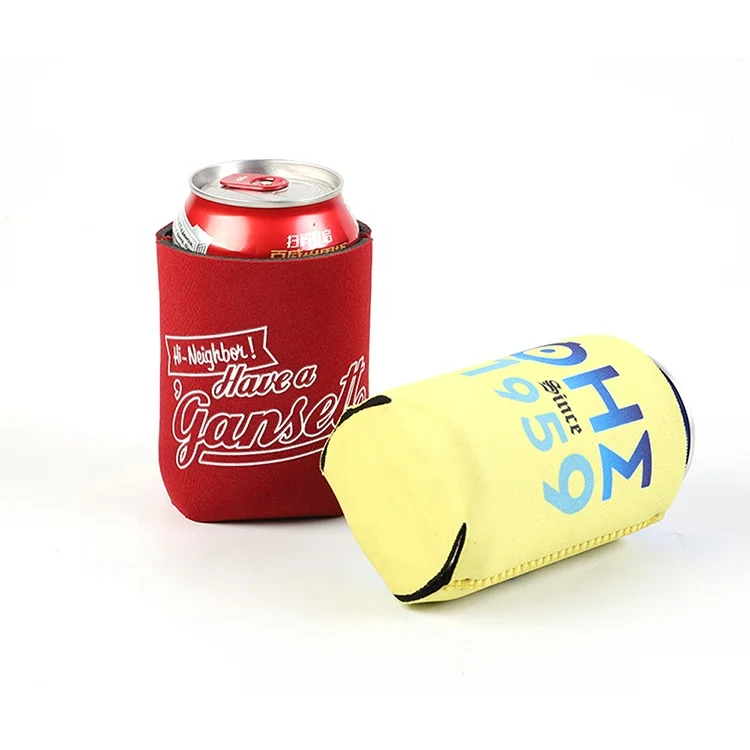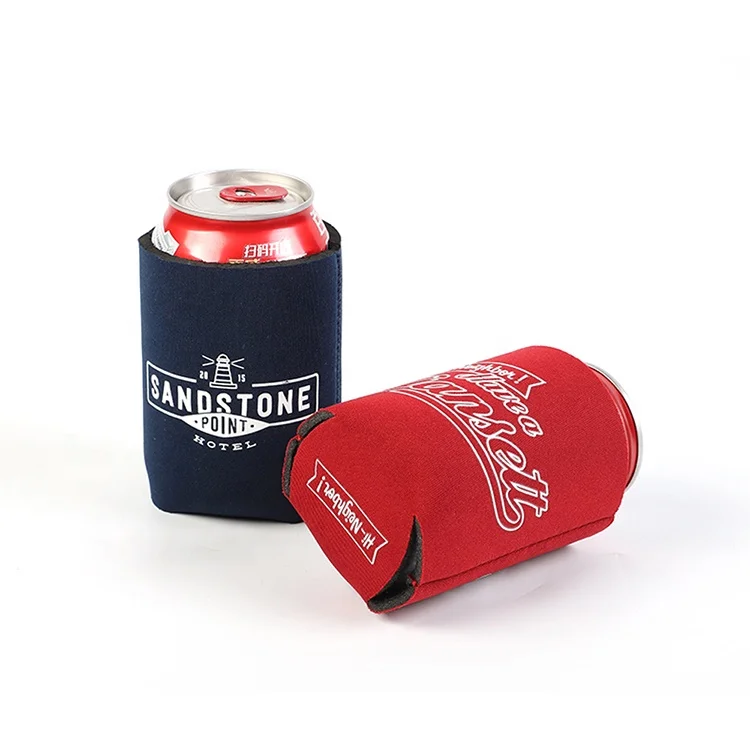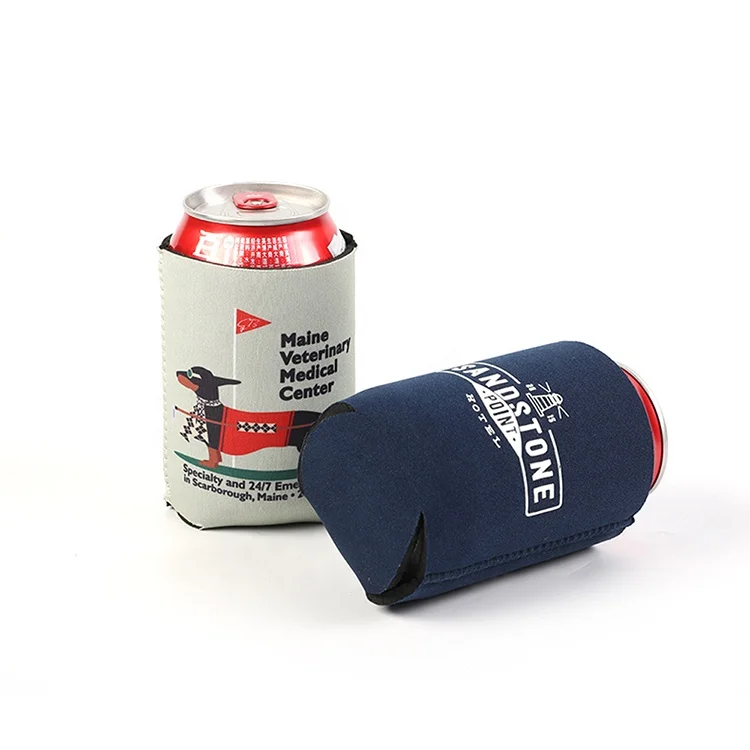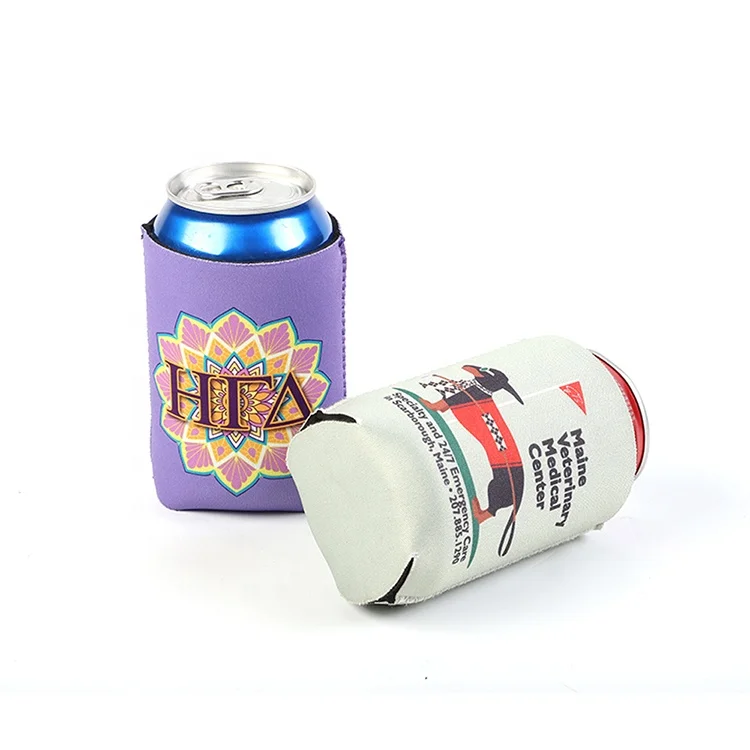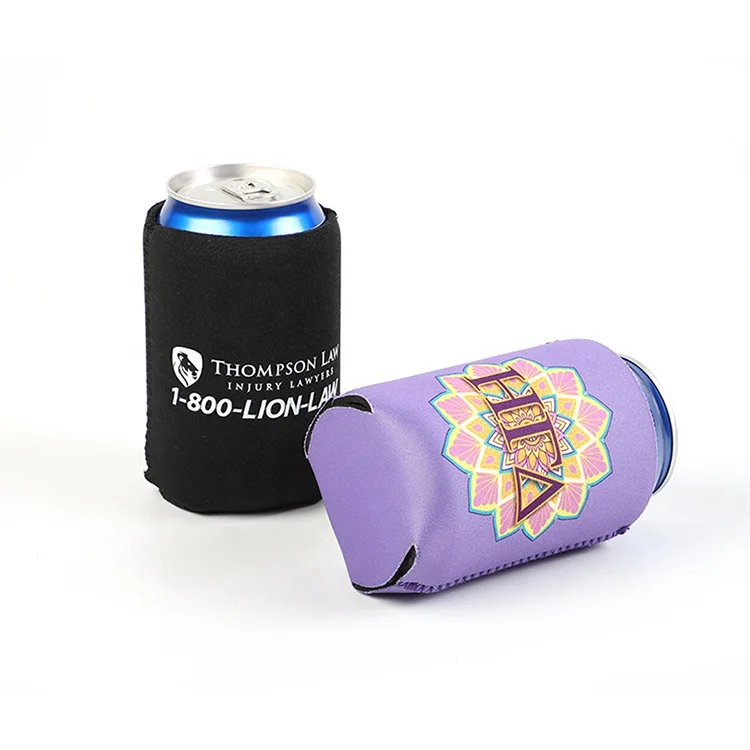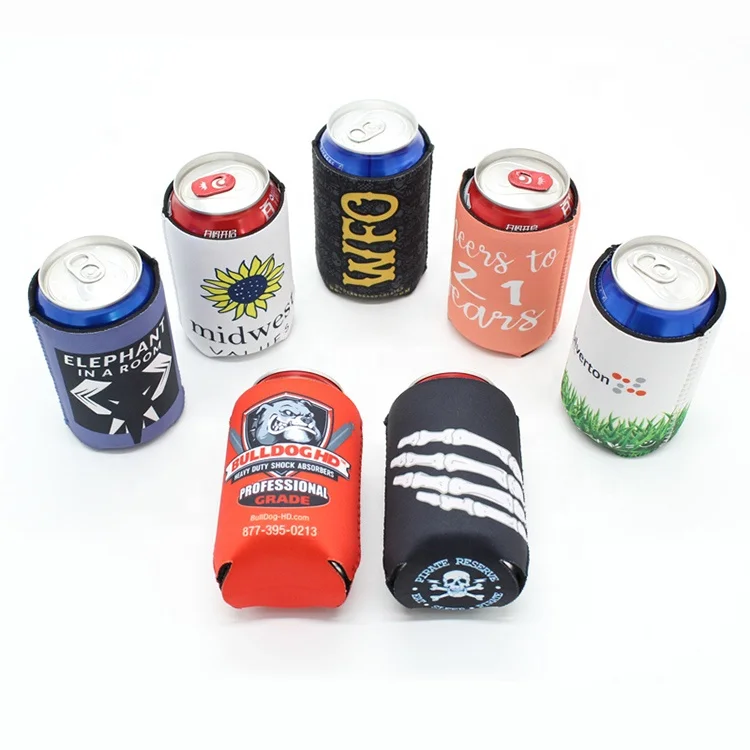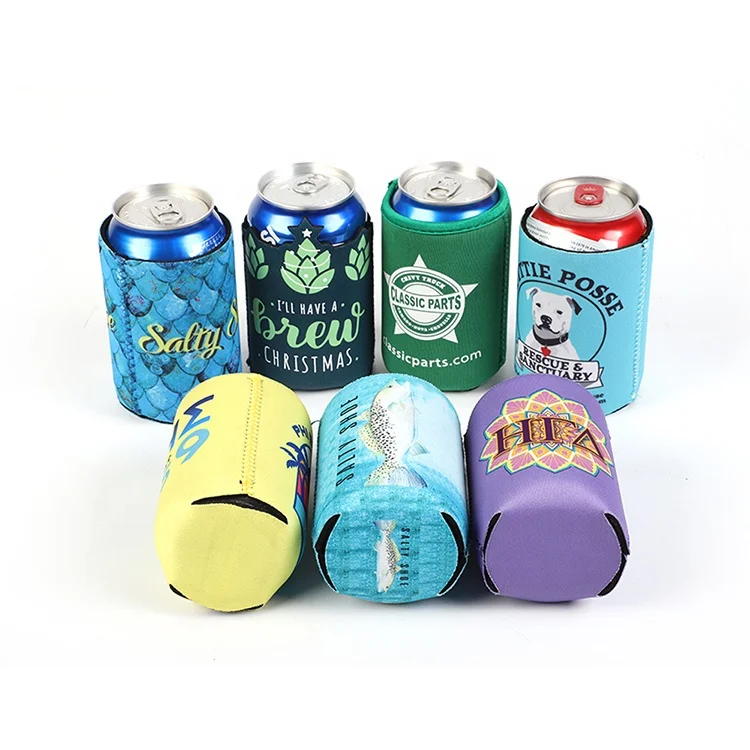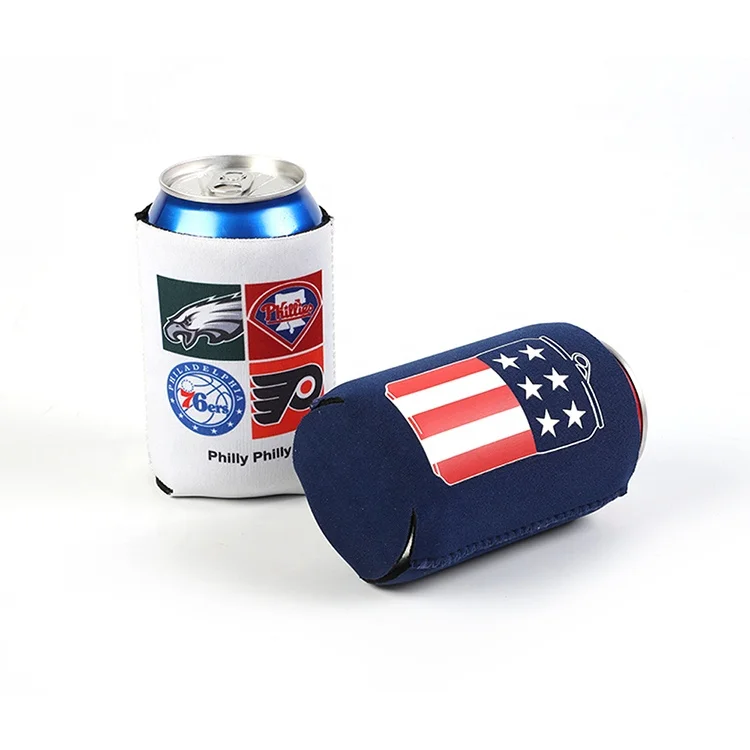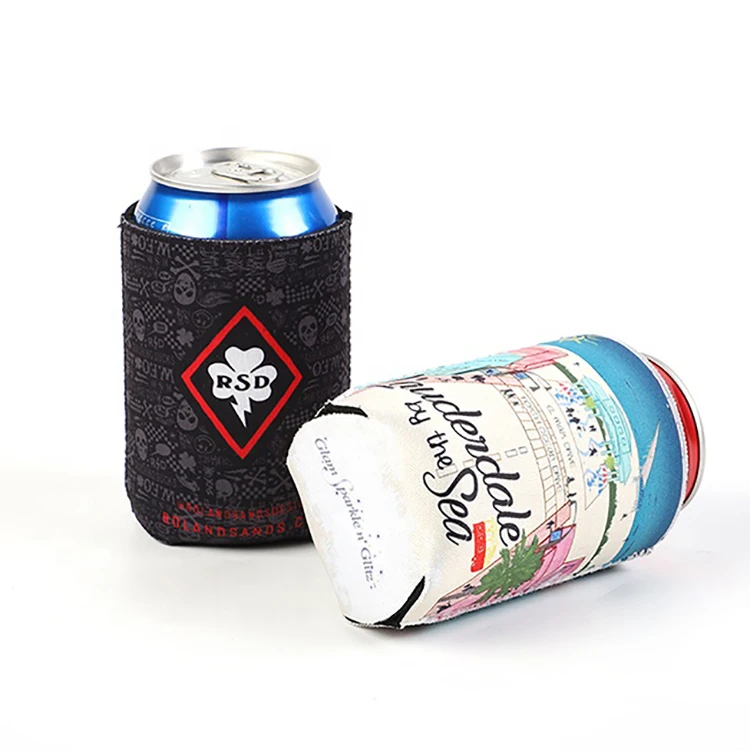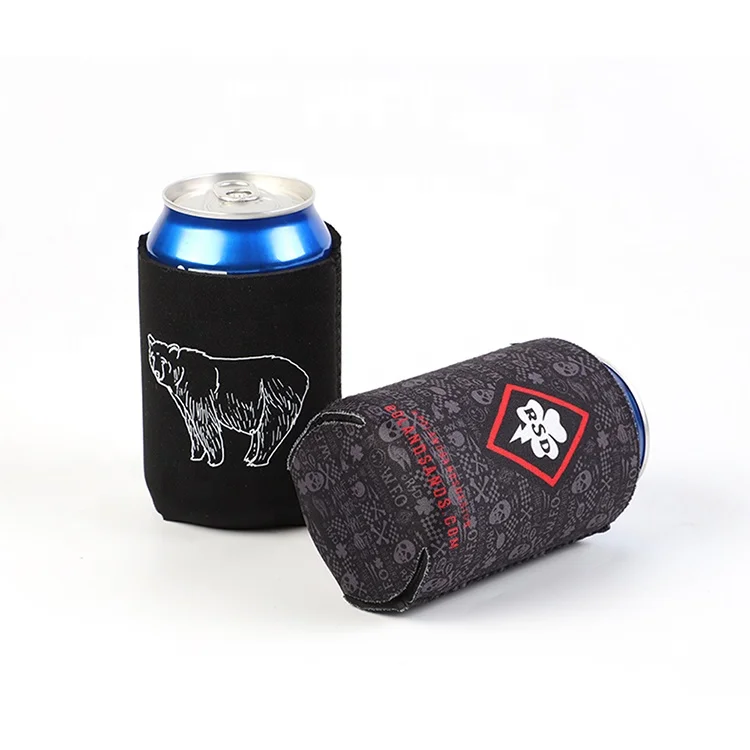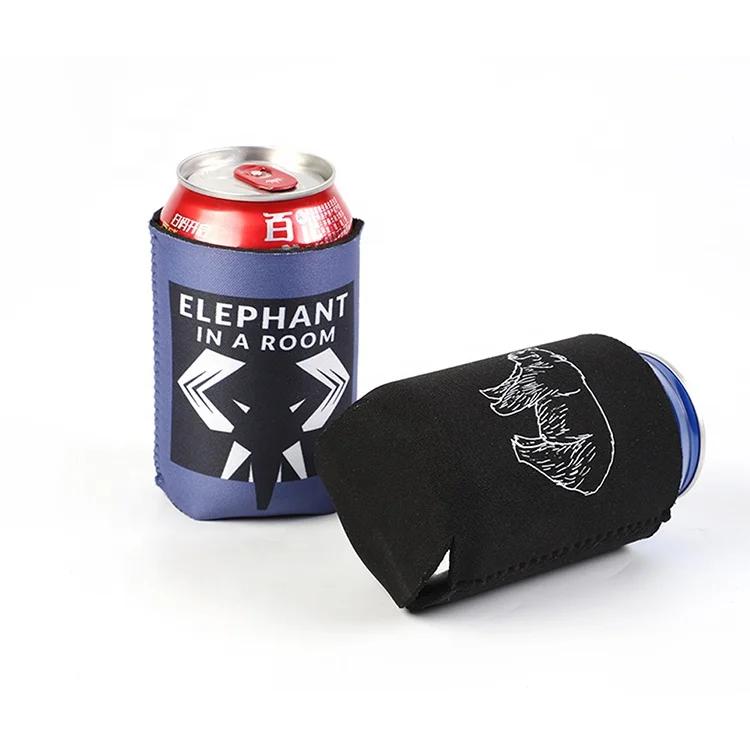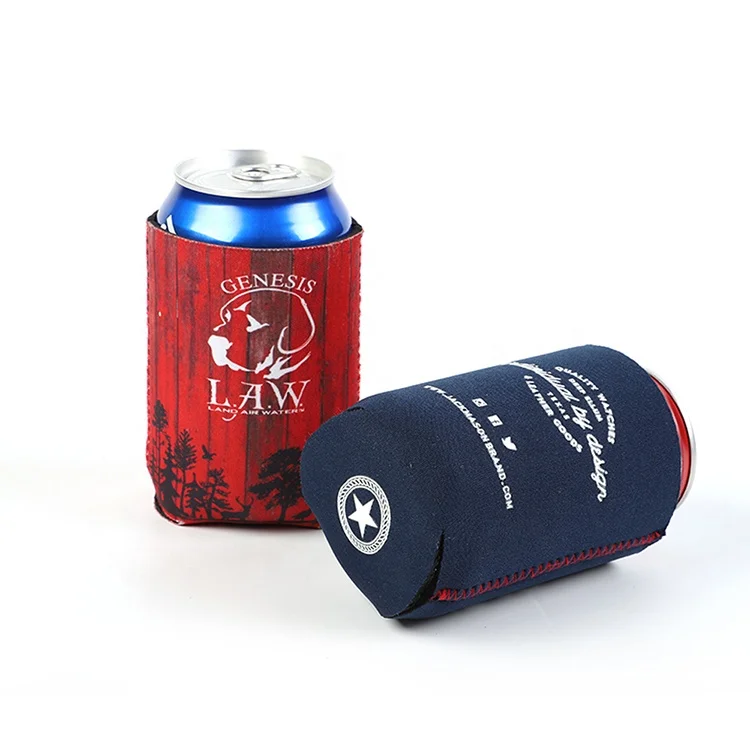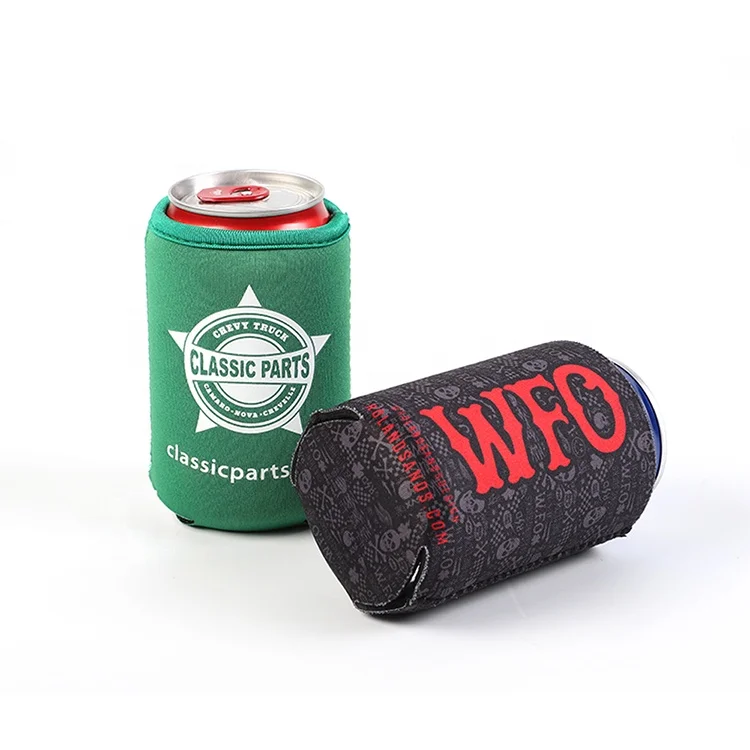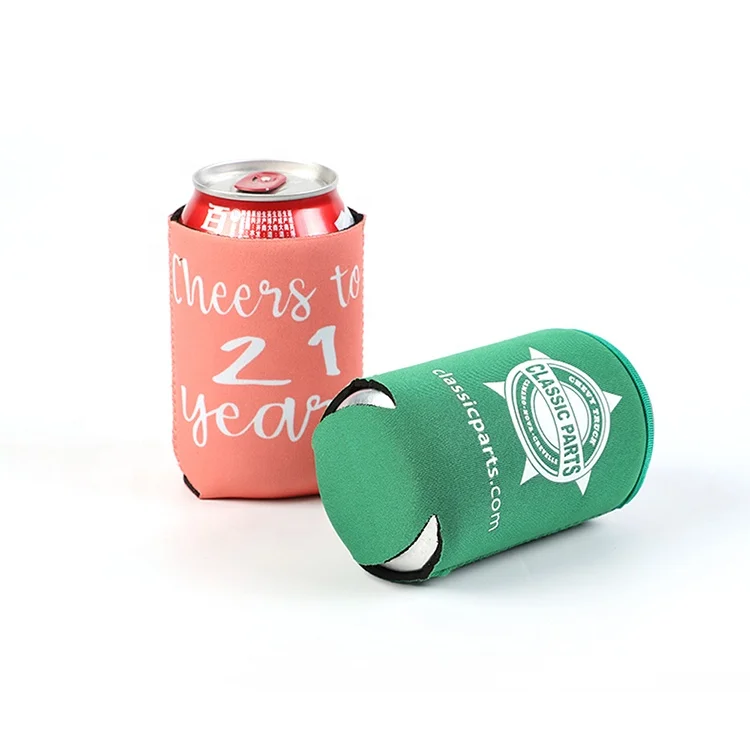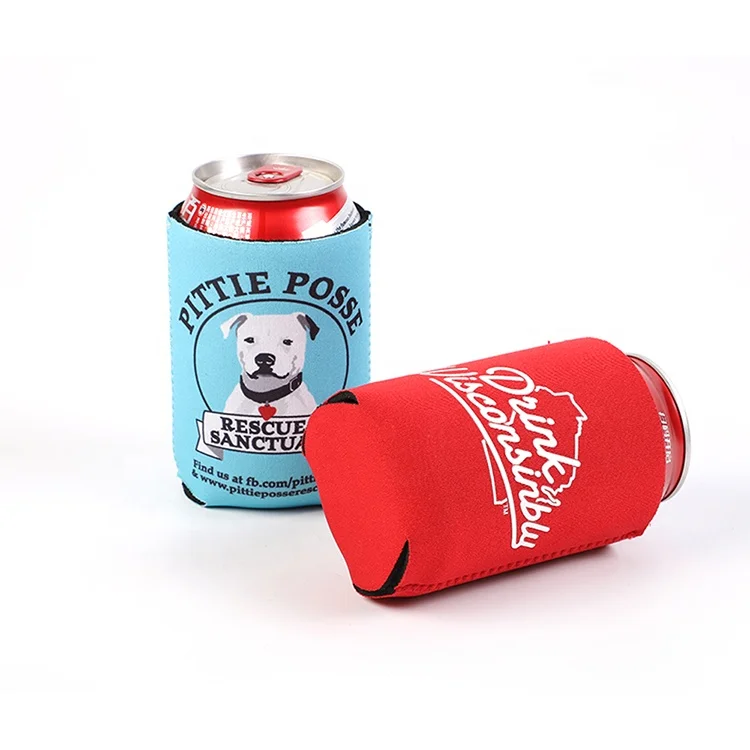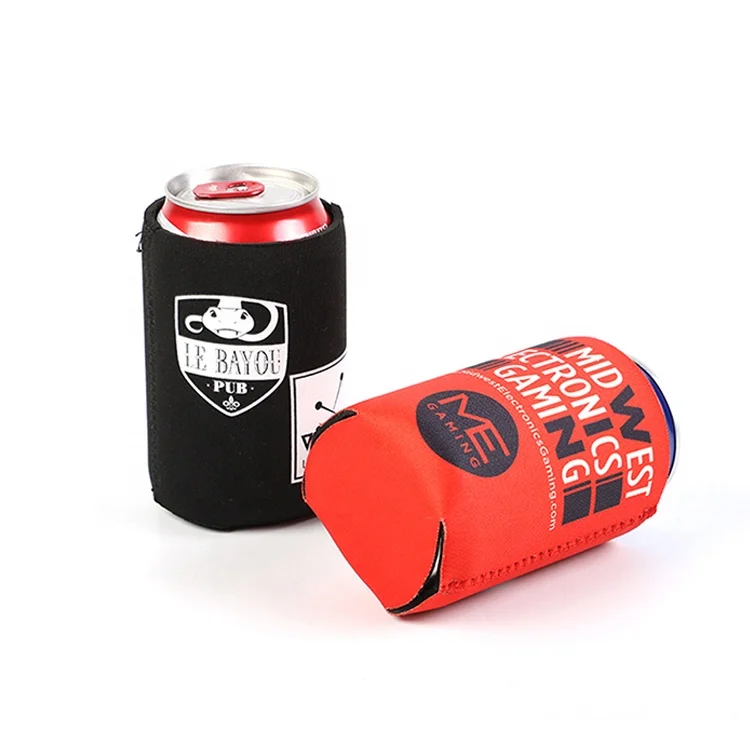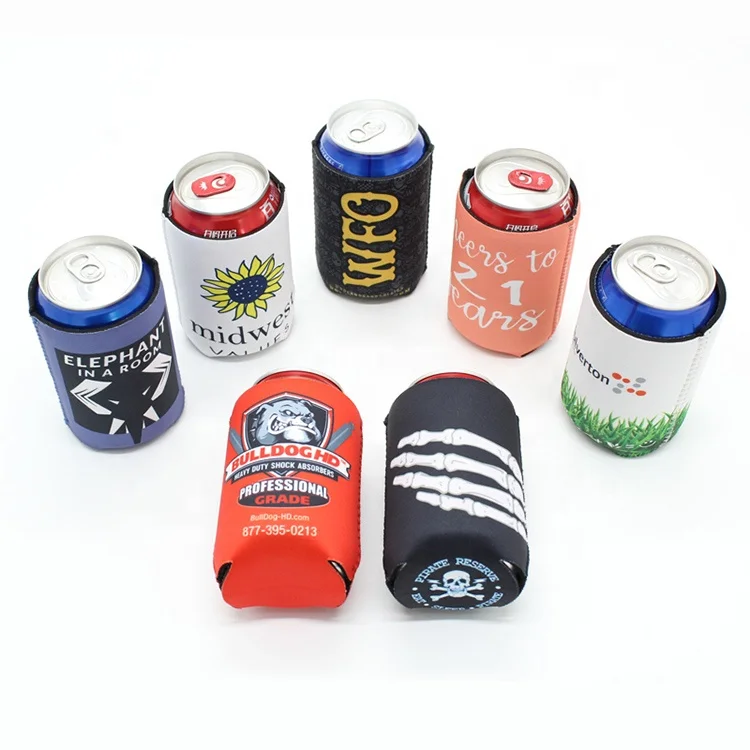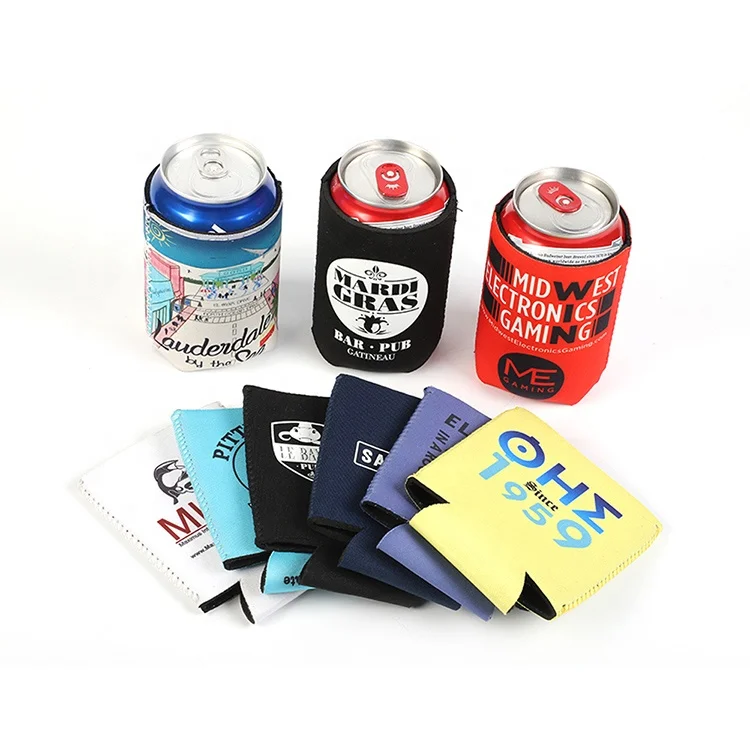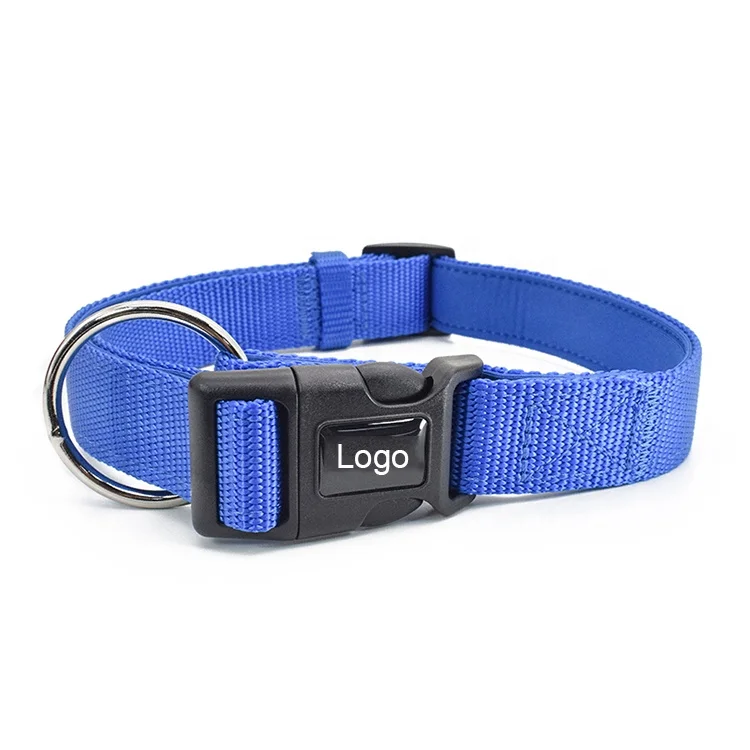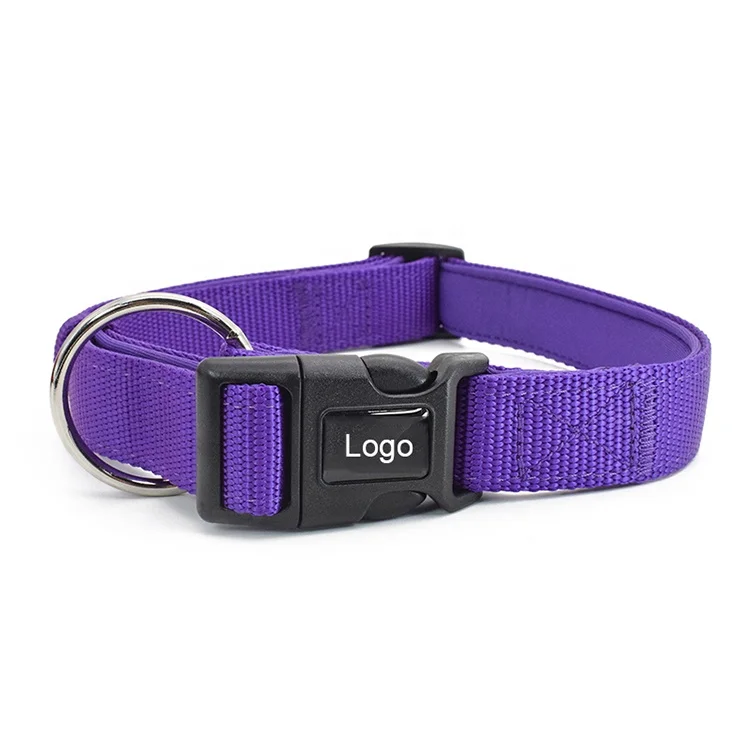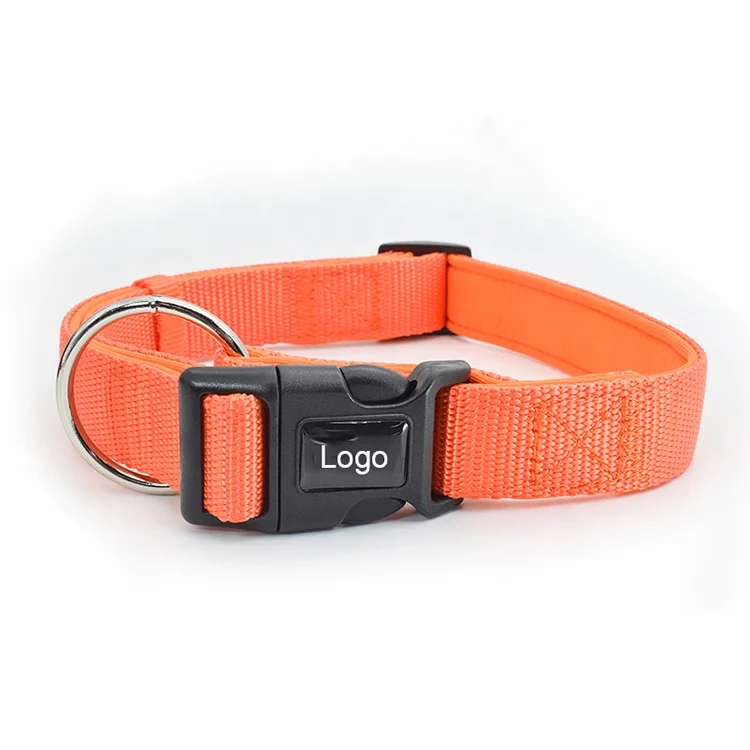Neoprene: A Comprehensive Guide for Buyers and Suppliers
Neoprene, a versatile synthetic rubber, is widely used in industries ranging from automotive to fashion. Known for its durability, flexibility, and resistance to extreme conditions, it has become a preferred material for many applications. This guide will help you understand the different types, features, and how to source high-quality Neoprene from reliable suppliers.
How to Find Reliable Neoprene from China in 2025
China remains a leading supplier of Neoprene, offering competitive prices and high-quality products. To find reliable suppliers, consider platforms like Alibaba, which vet manufacturers and provide buyer protection. Look for suppliers with certifications such as ISO 9001 and positive customer reviews. Request samples to test quality before placing bulk orders.
What Buyers Should Know Before Buying Neoprene from China
Before purchasing Neoprene from China, verify the supplier’s credibility. Check their production capacity, lead times, and compliance with international standards. Negotiate pricing and shipping terms upfront to avoid hidden costs. Ensure the supplier provides detailed product specifications and after-sales support.
Types of Neoprene
Neoprene comes in various forms, including solid sheets, foamed sheets, and adhesive-backed variants. Each type serves different purposes, such as insulation, cushioning, or waterproofing. Solid sheets are ideal for industrial applications, while foamed sheets are commonly used in wetsuits and sports gear.
Functions and Features of Neoprene
Neoprene is prized for its resistance to oil, heat, and weathering. It maintains flexibility in cold temperatures and provides excellent insulation. Its durability and elasticity make it suitable for demanding environments, from marine applications to automotive parts.
Scenarios of Neoprene
Common uses of Neoprene include wetsuits, laptop sleeves, orthopedic braces, and industrial gaskets. Its waterproof and insulating properties make it ideal for outdoor and marine gear. In the medical field, it’s used for braces and supports due to its comfort and flexibility.
How to Choose Neoprene
Selecting the right Neoprene depends on your application. Consider thickness, density, and resistance properties. For example, thicker sheets are better for heavy-duty industrial use, while lighter foamed sheets suit fashion or sports applications. Always check the material’s specifications against your requirements.
Neoprene Q & A
Q: Is Neoprene environmentally friendly?
A: While Neoprene is synthetic, some manufacturers offer eco-friendly variants made from recycled materials or sustainable processes.
Q: How does Neoprene compare to natural rubber?
A: Neoprene offers superior resistance to oils, chemicals, and weathering, making it more durable in harsh conditions.
Q: Can Neoprene be recycled?
A: Yes, though recycling options may be limited. Some facilities specialize in processing synthetic rubber materials.
Q: What’s the average lifespan of Neoprene products?
A: Depending on usage, Neoprene products can last several years, especially when maintained properly.
Q: How do I clean Neoprene items?
A: Use mild soap and water, avoiding harsh chemicals that can degrade the material.













